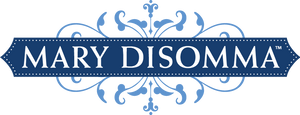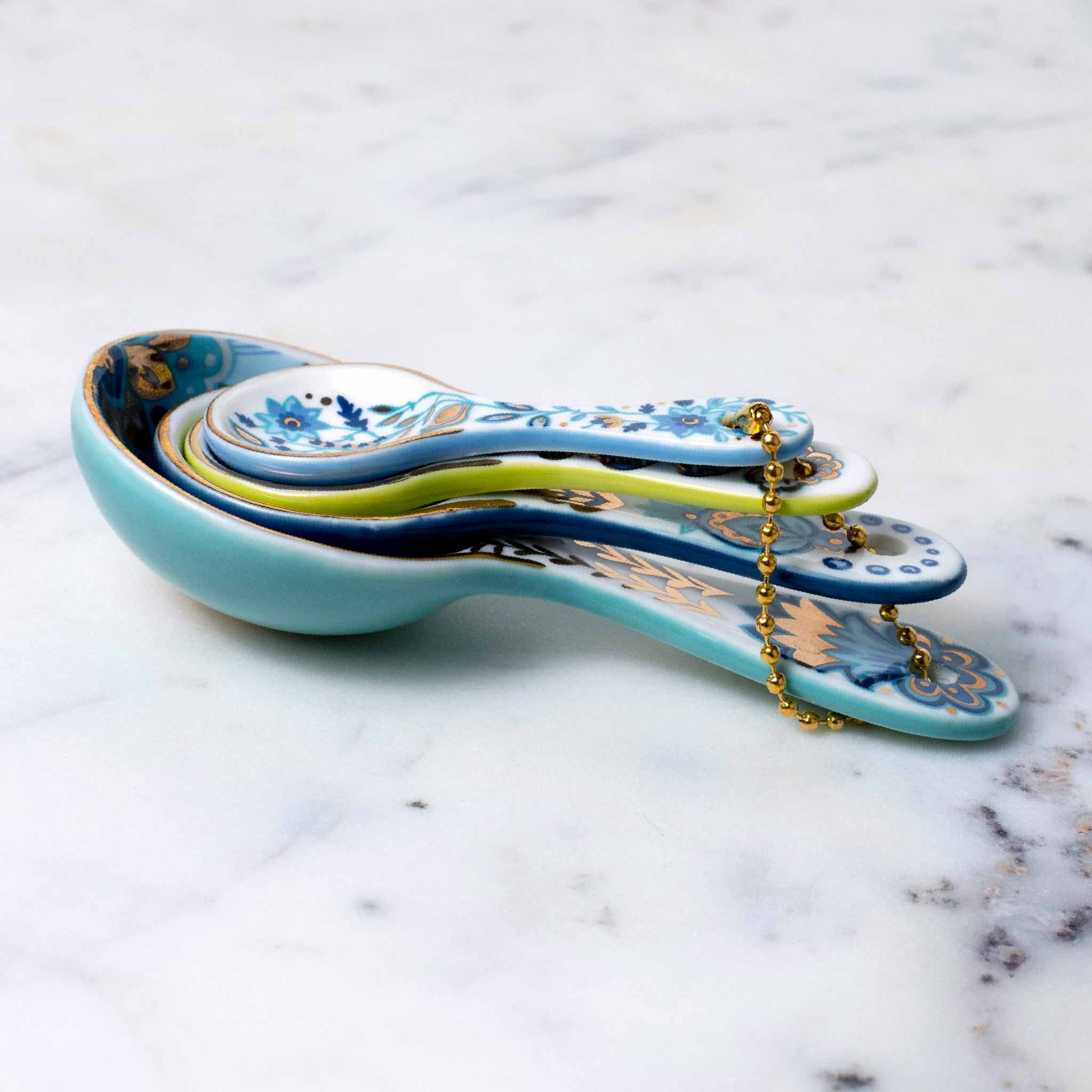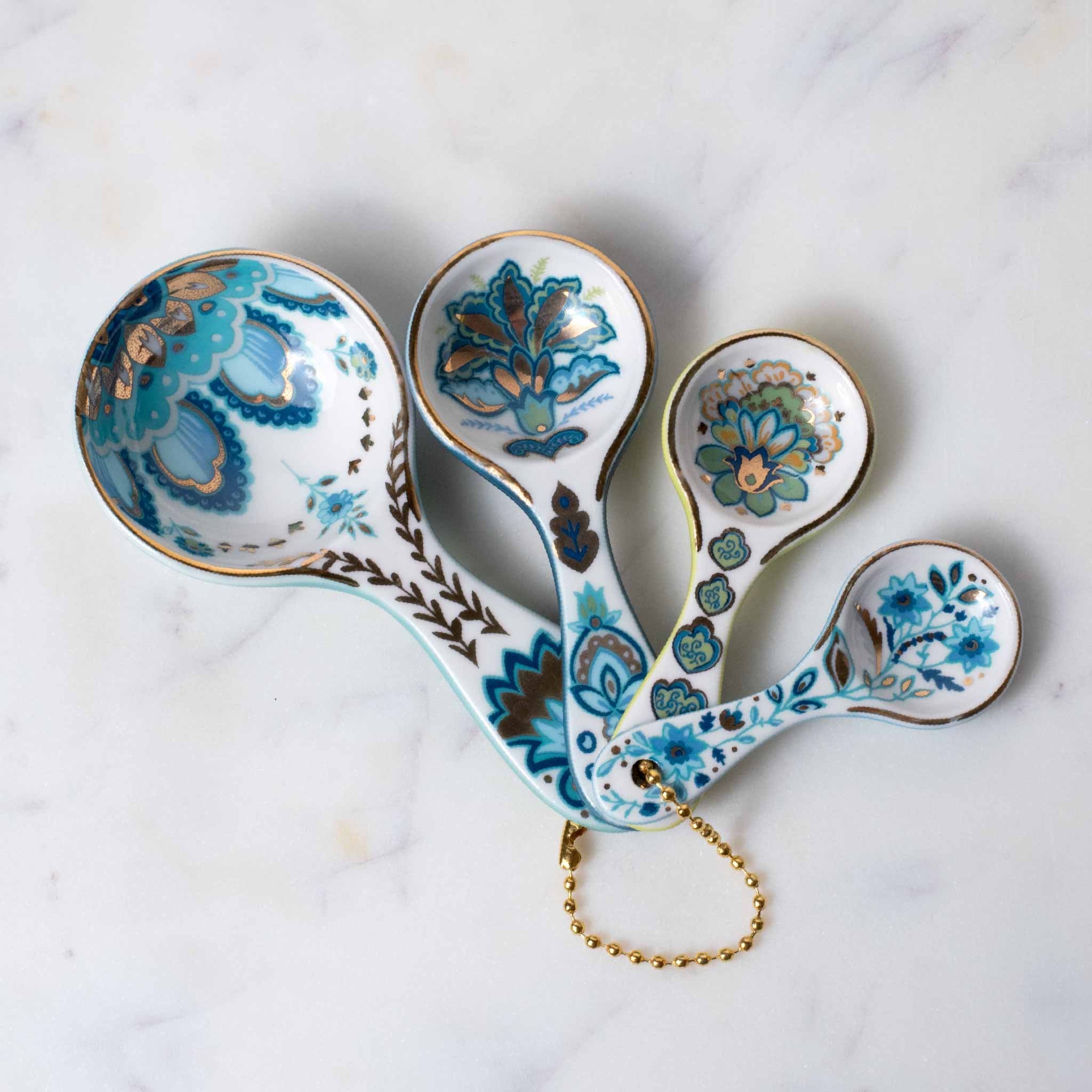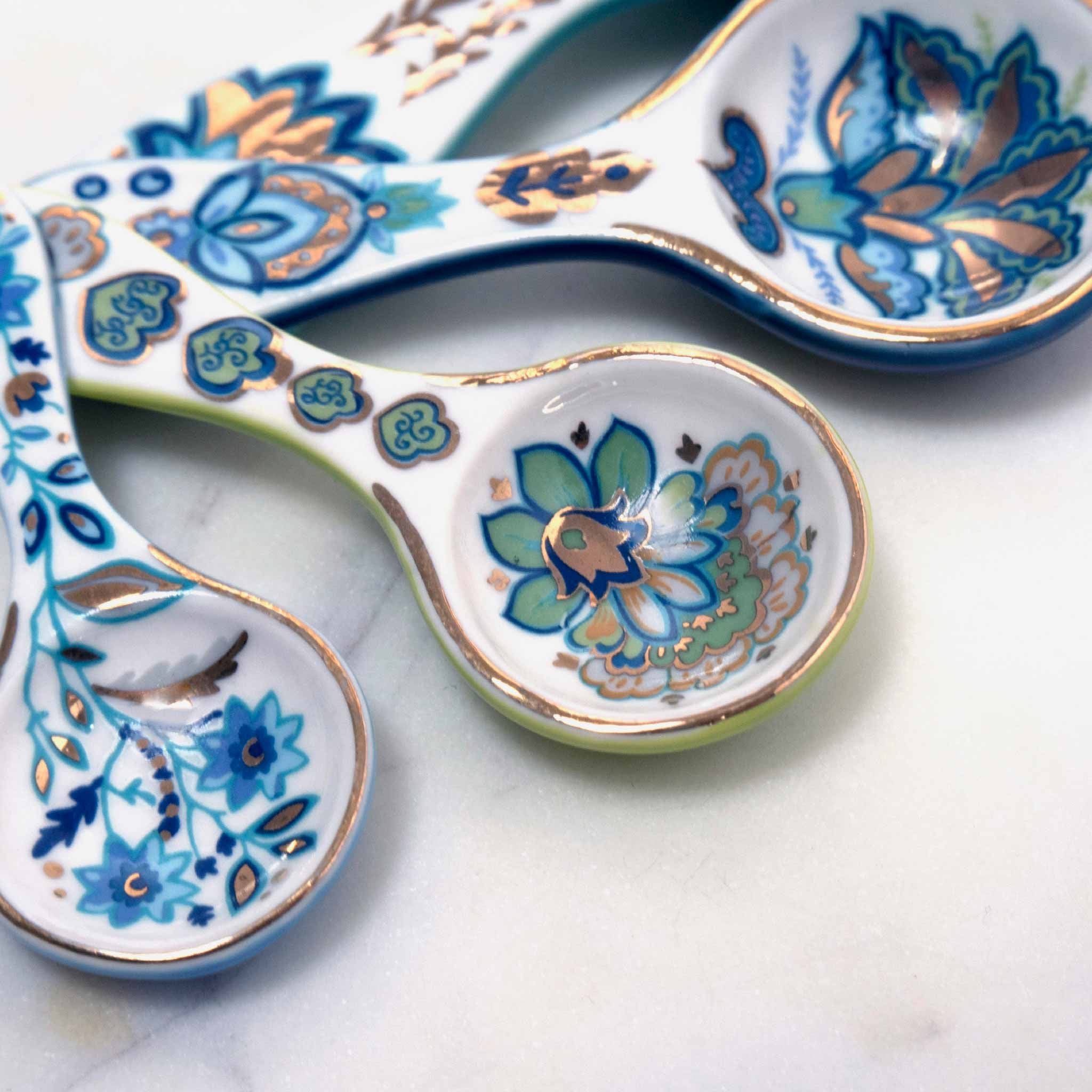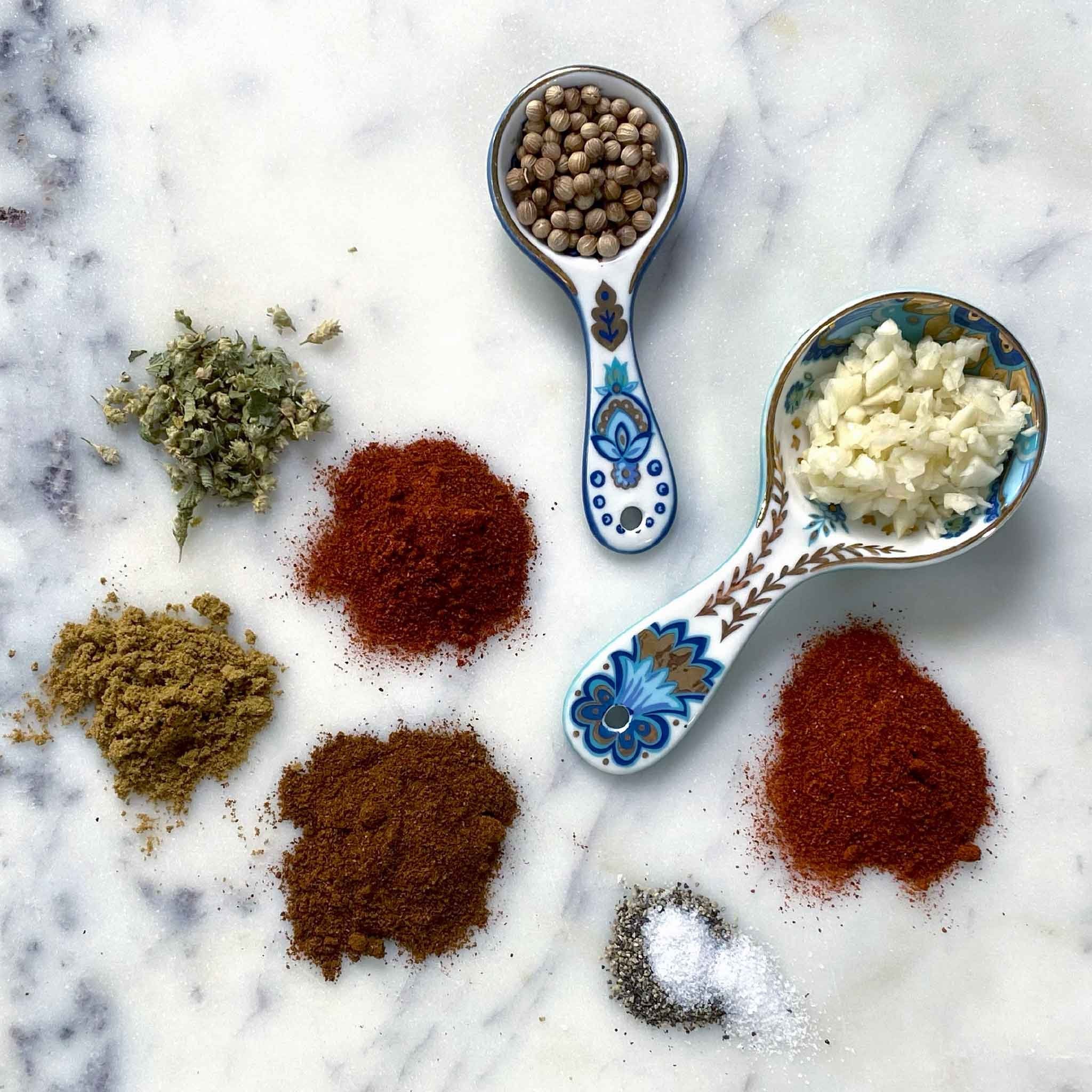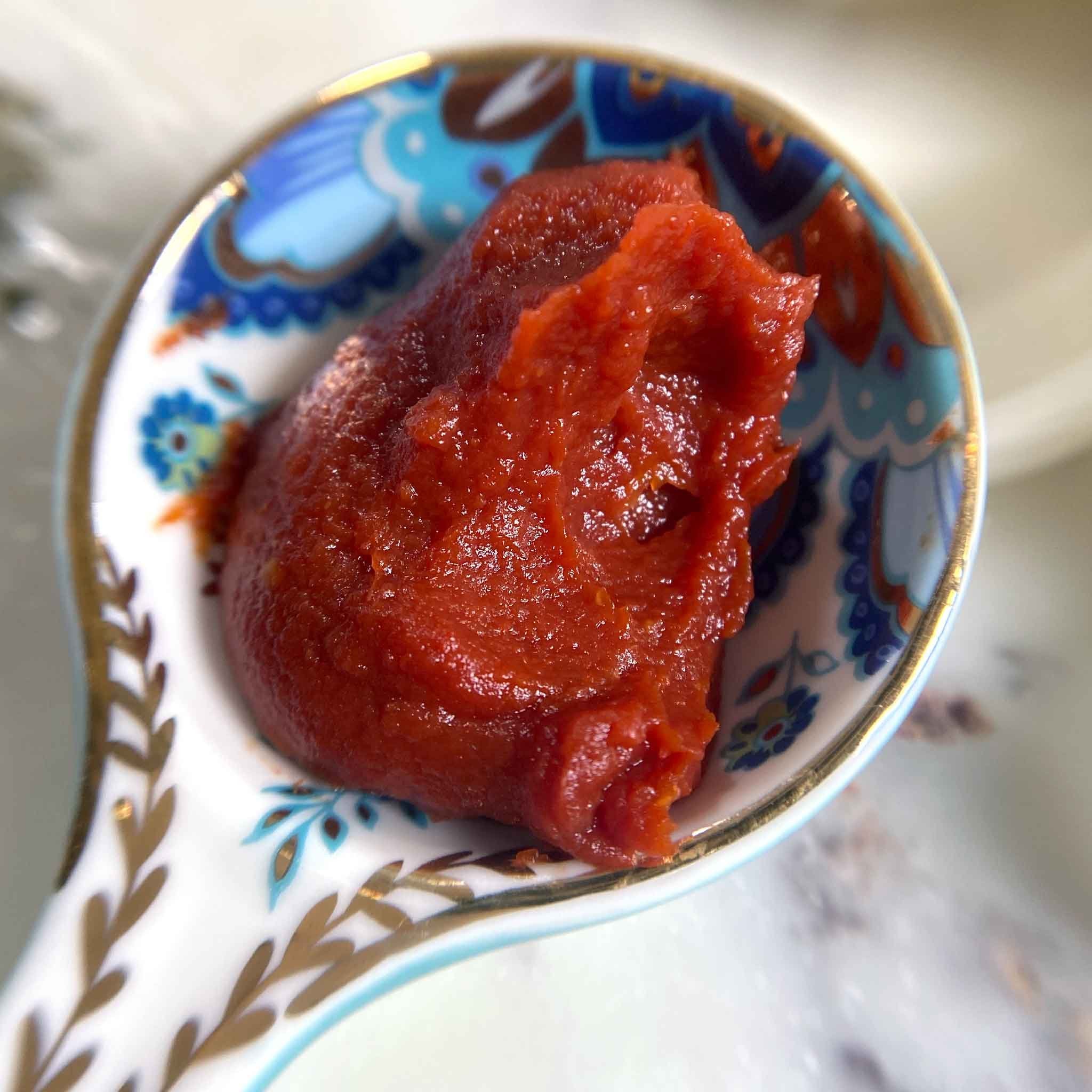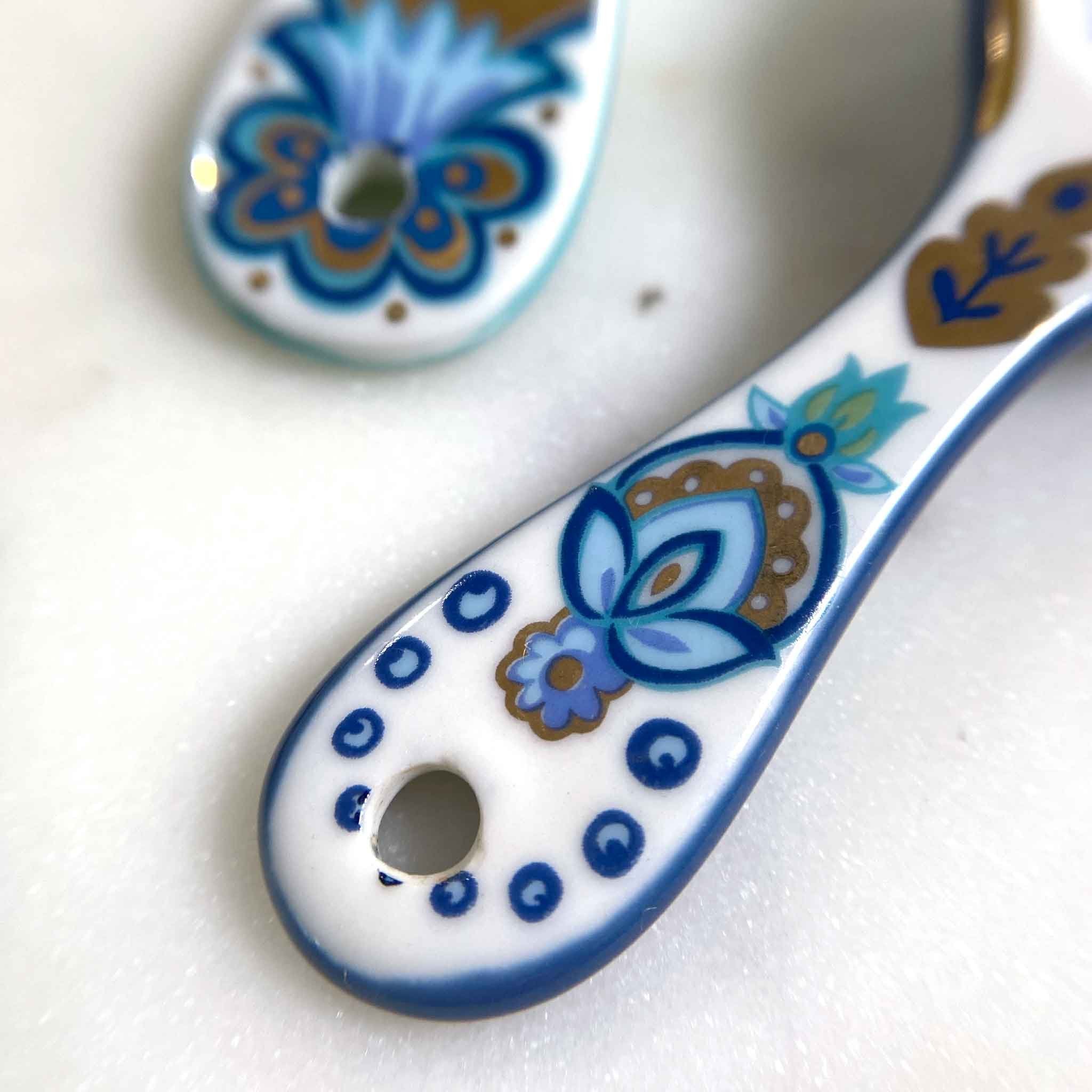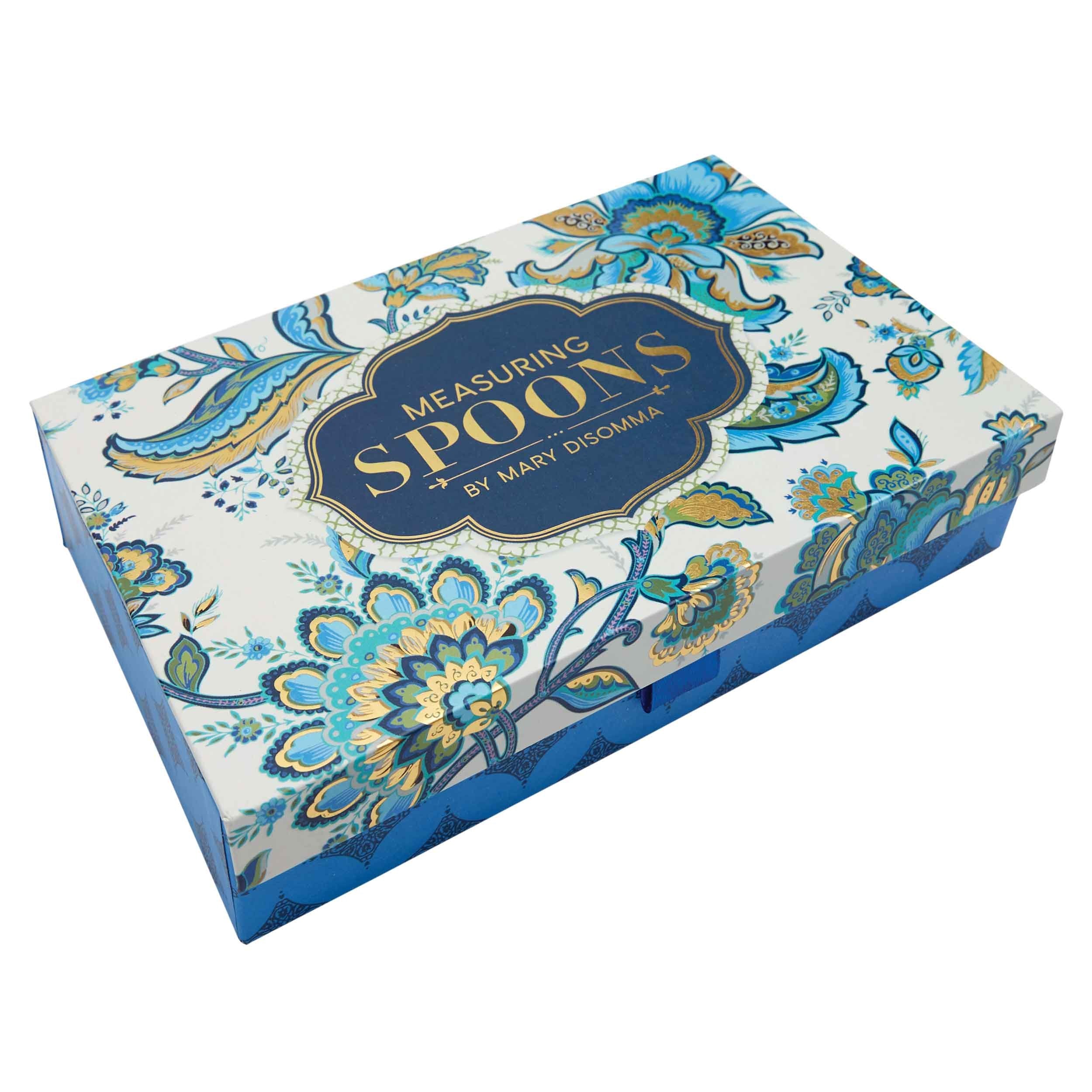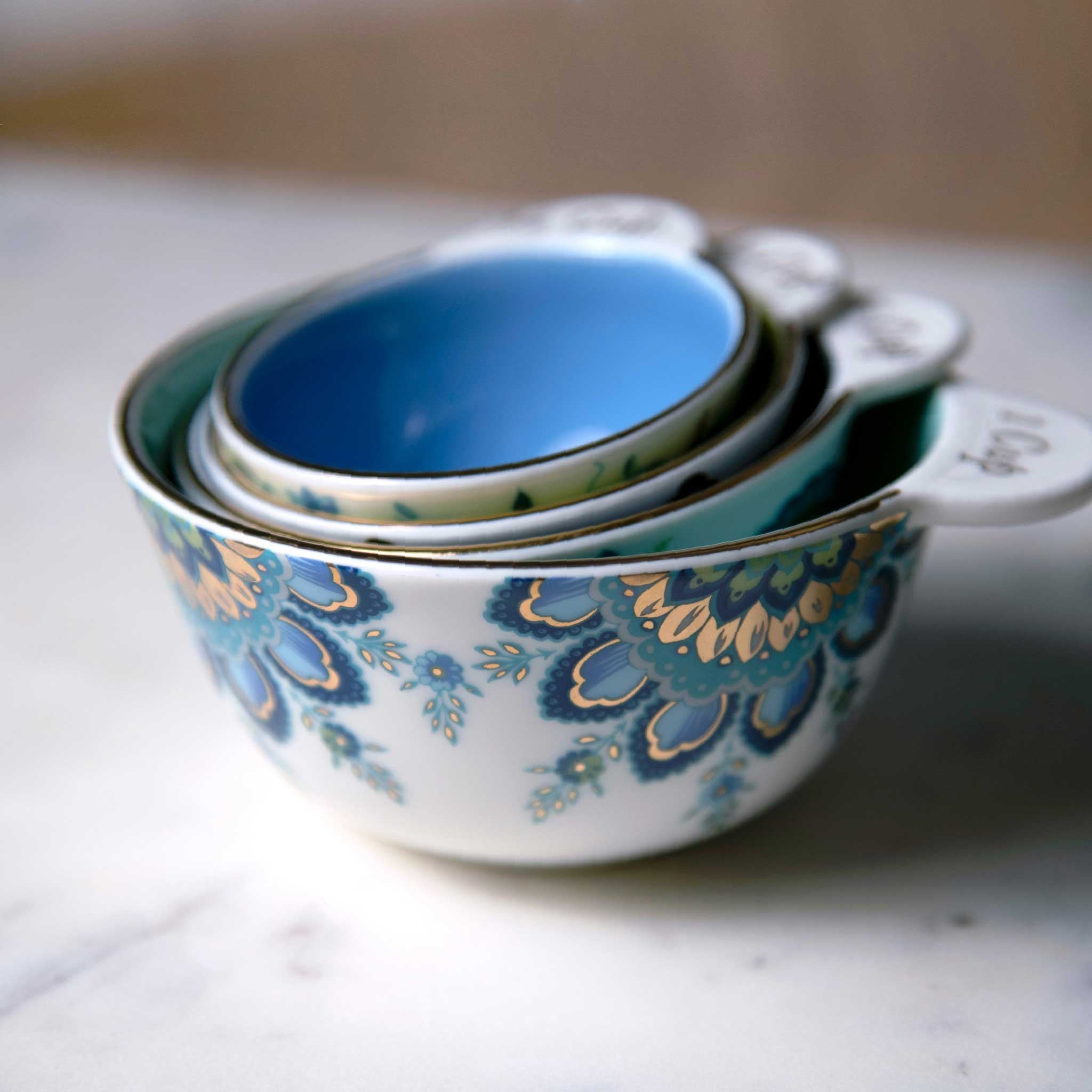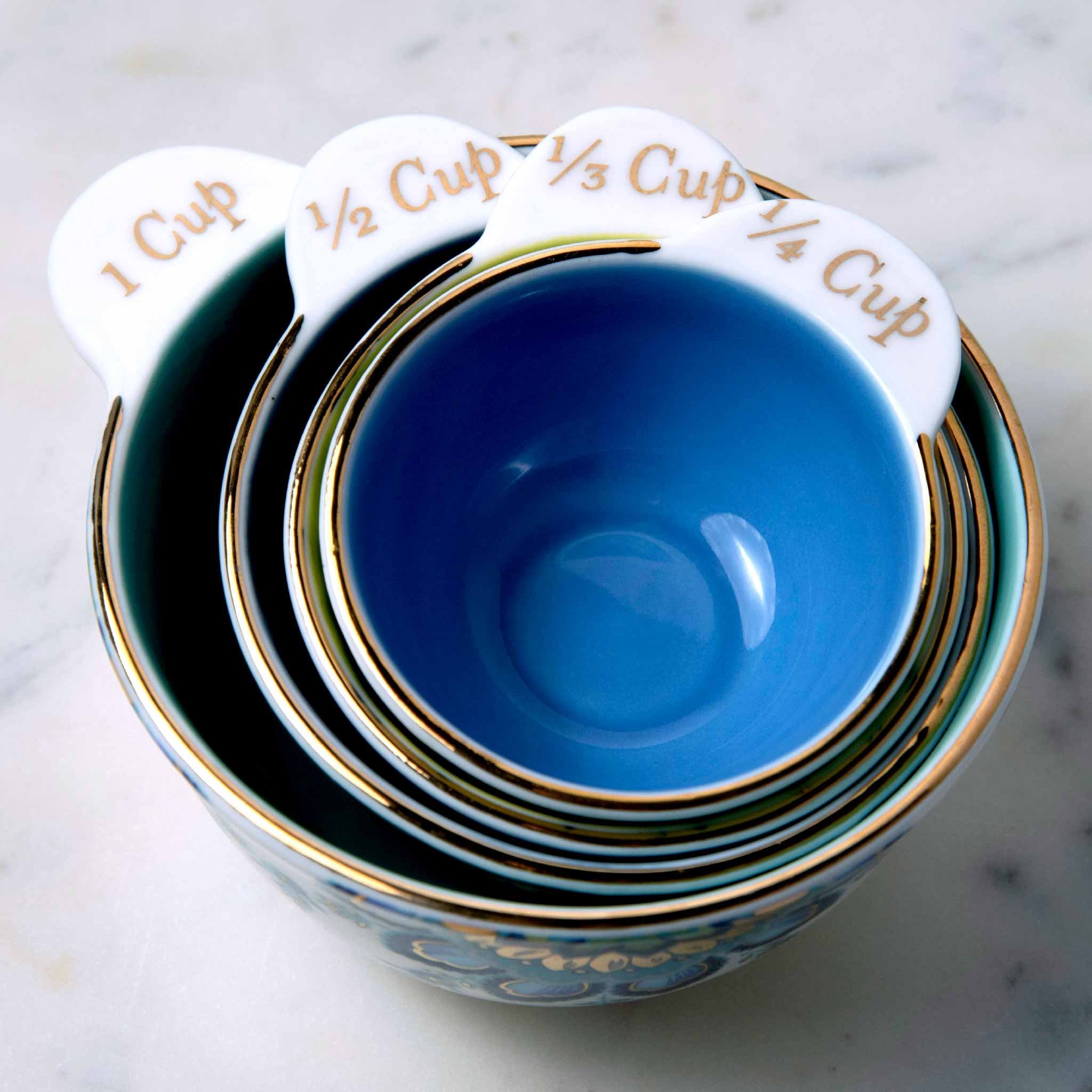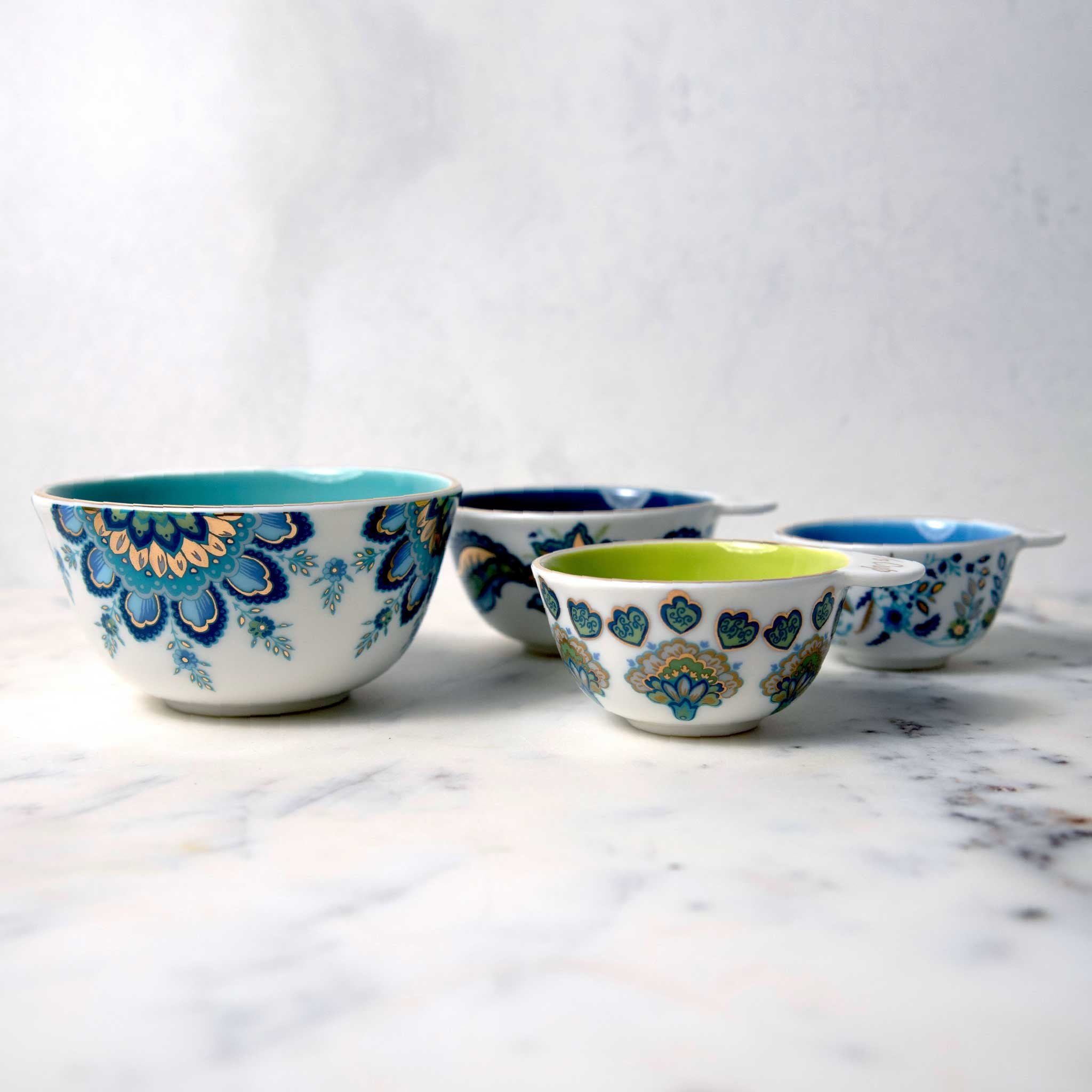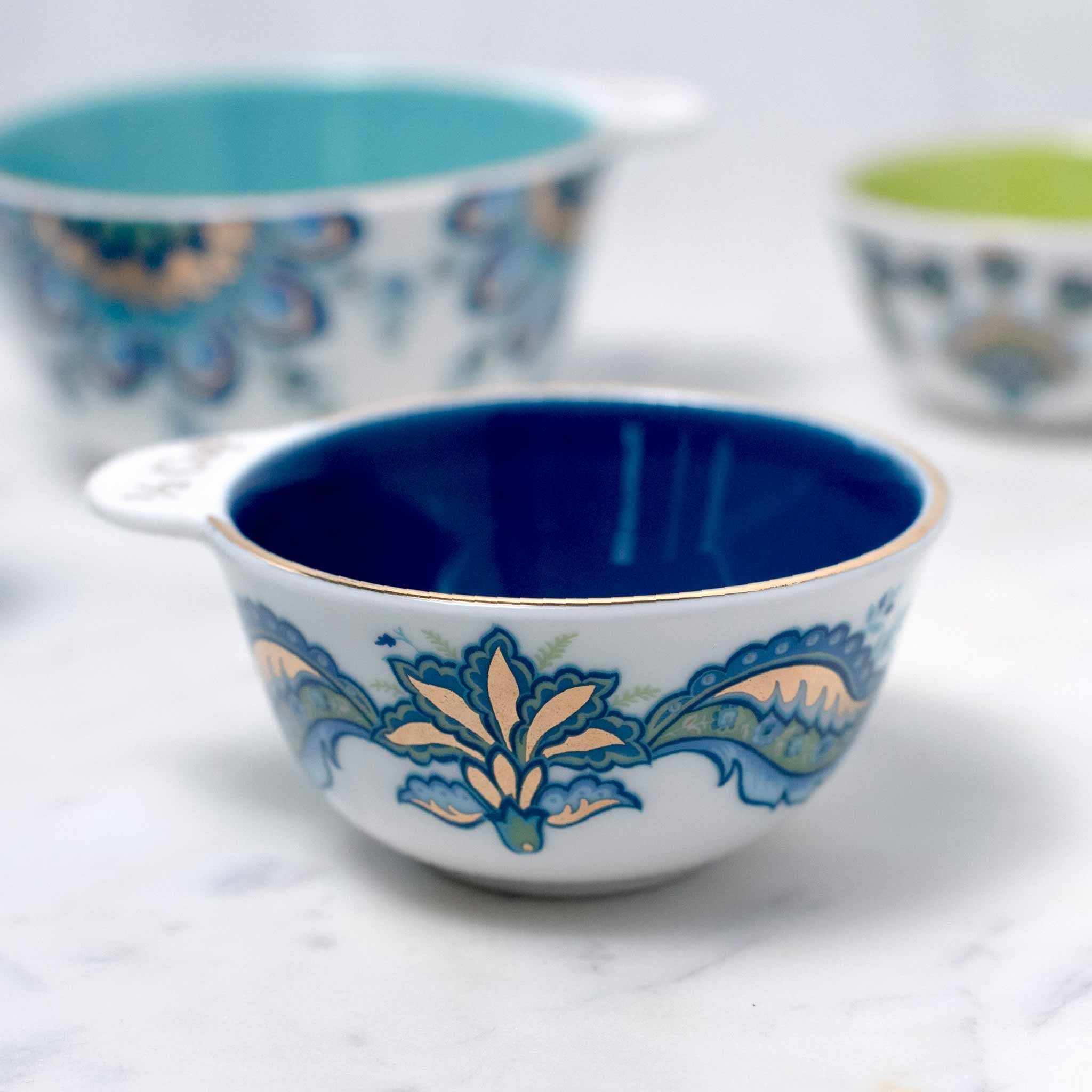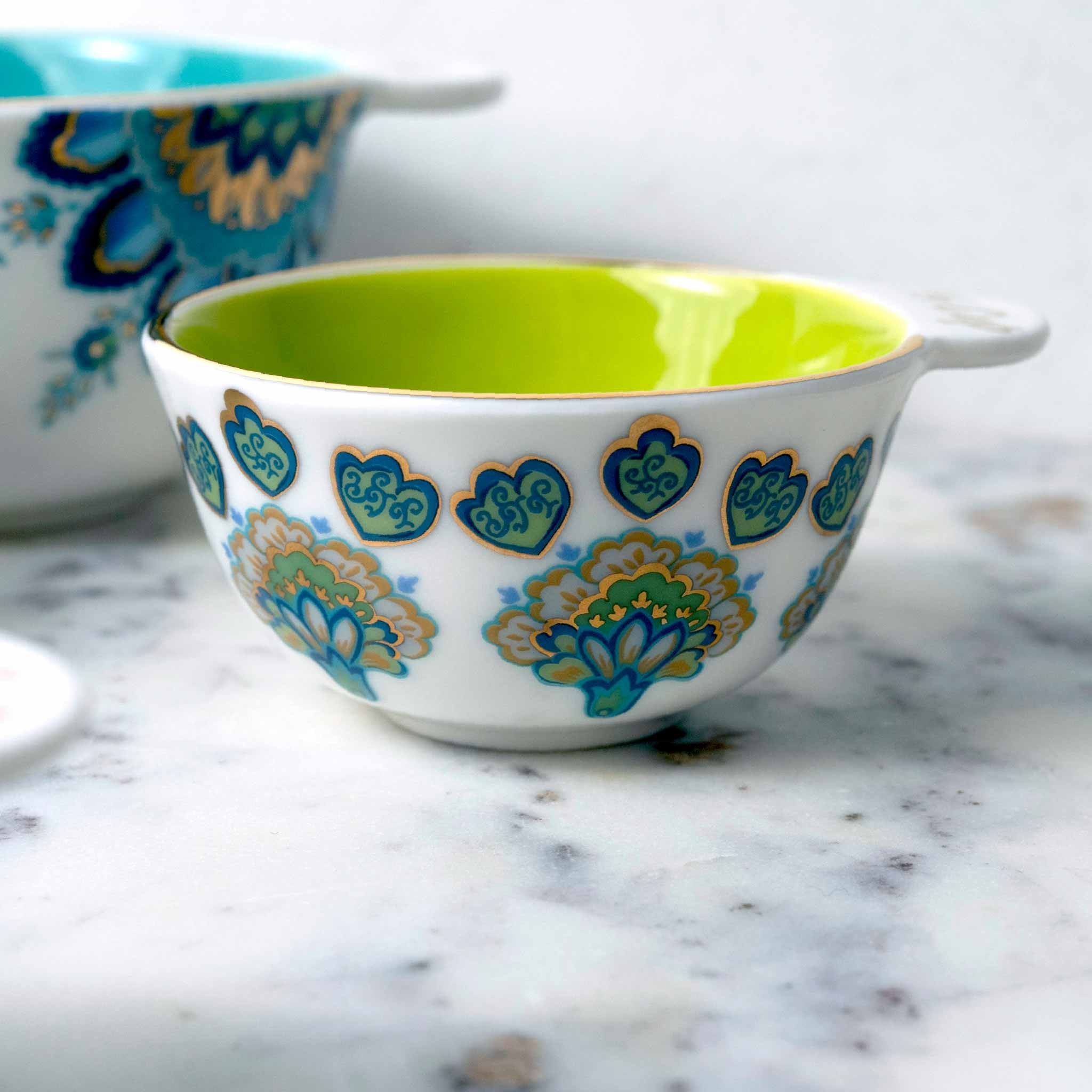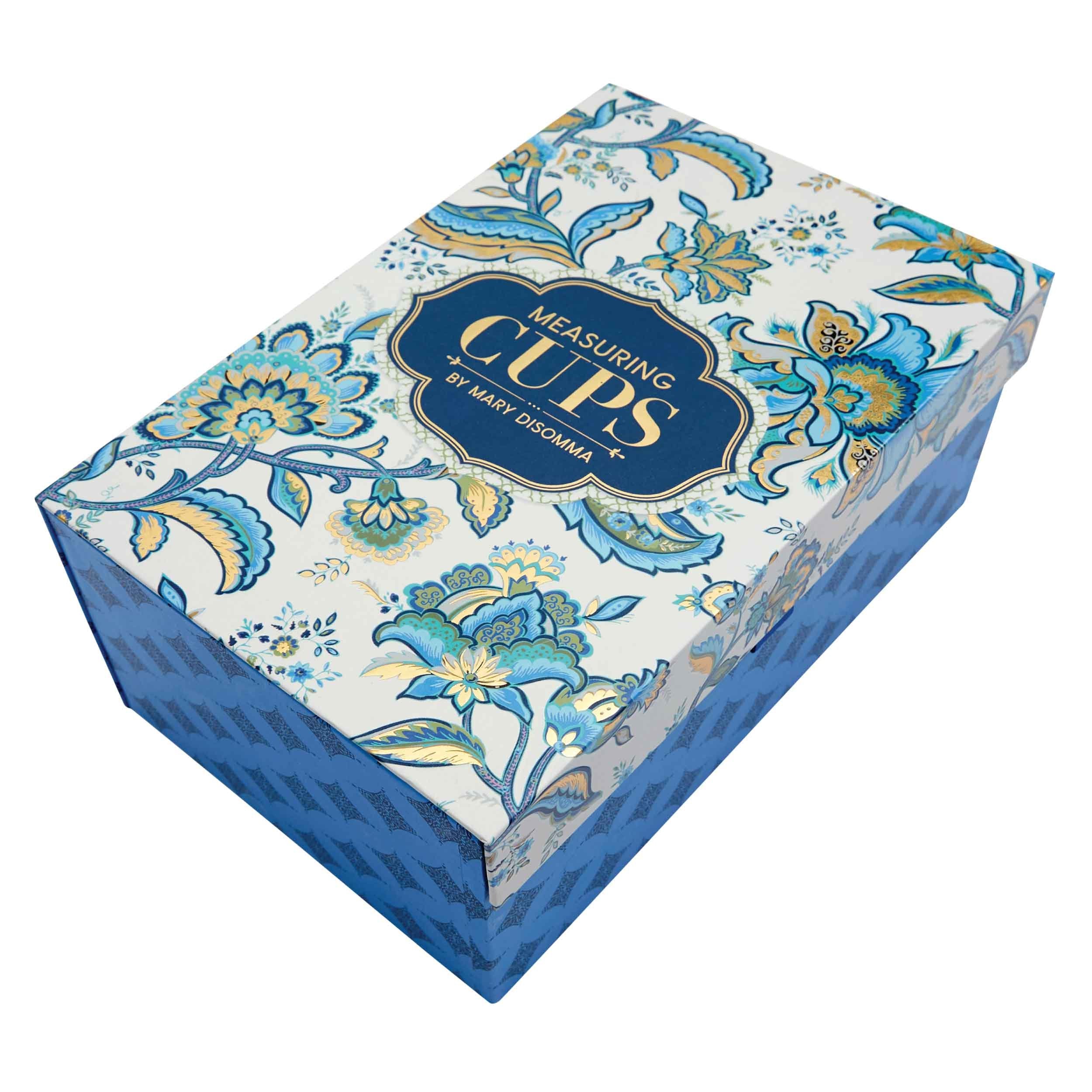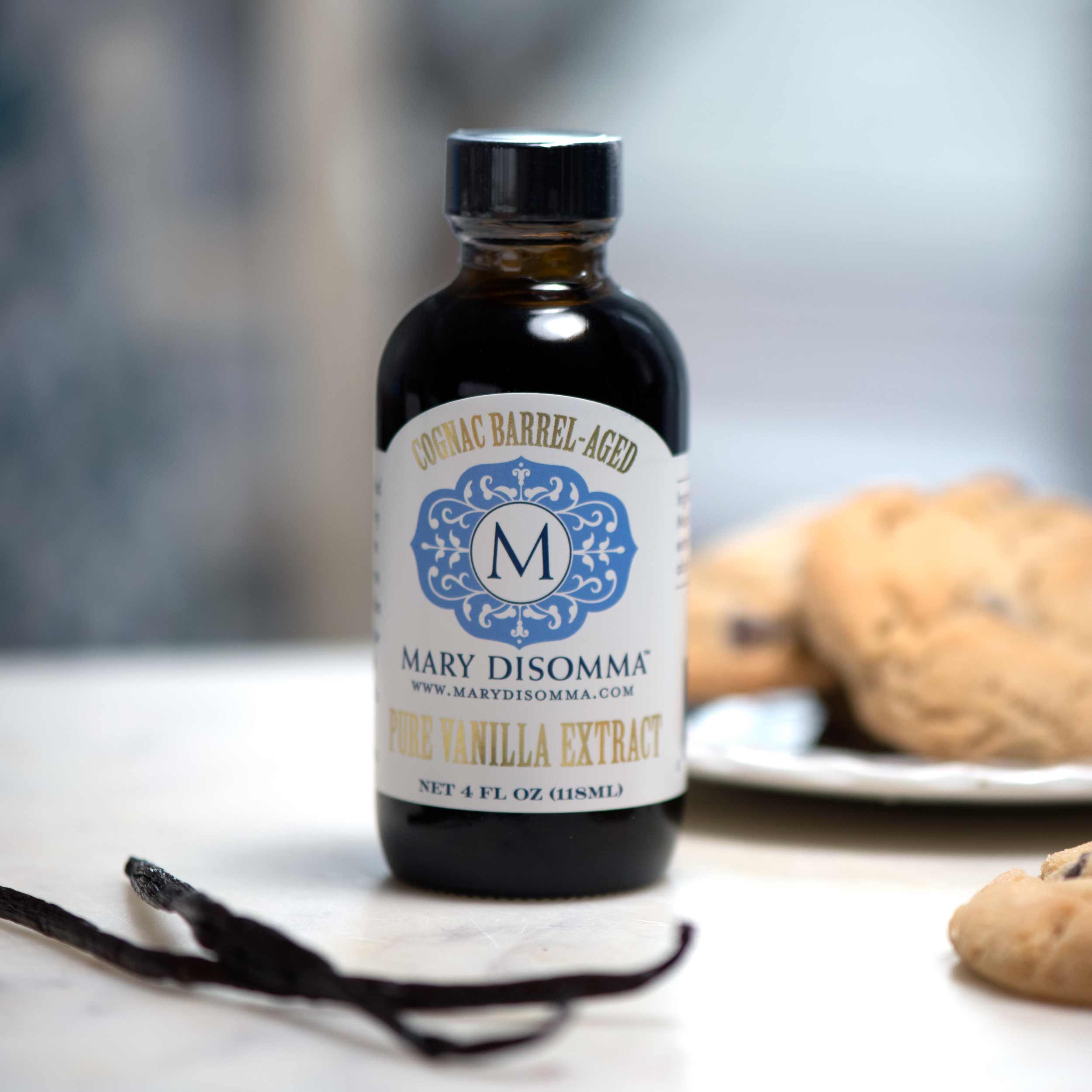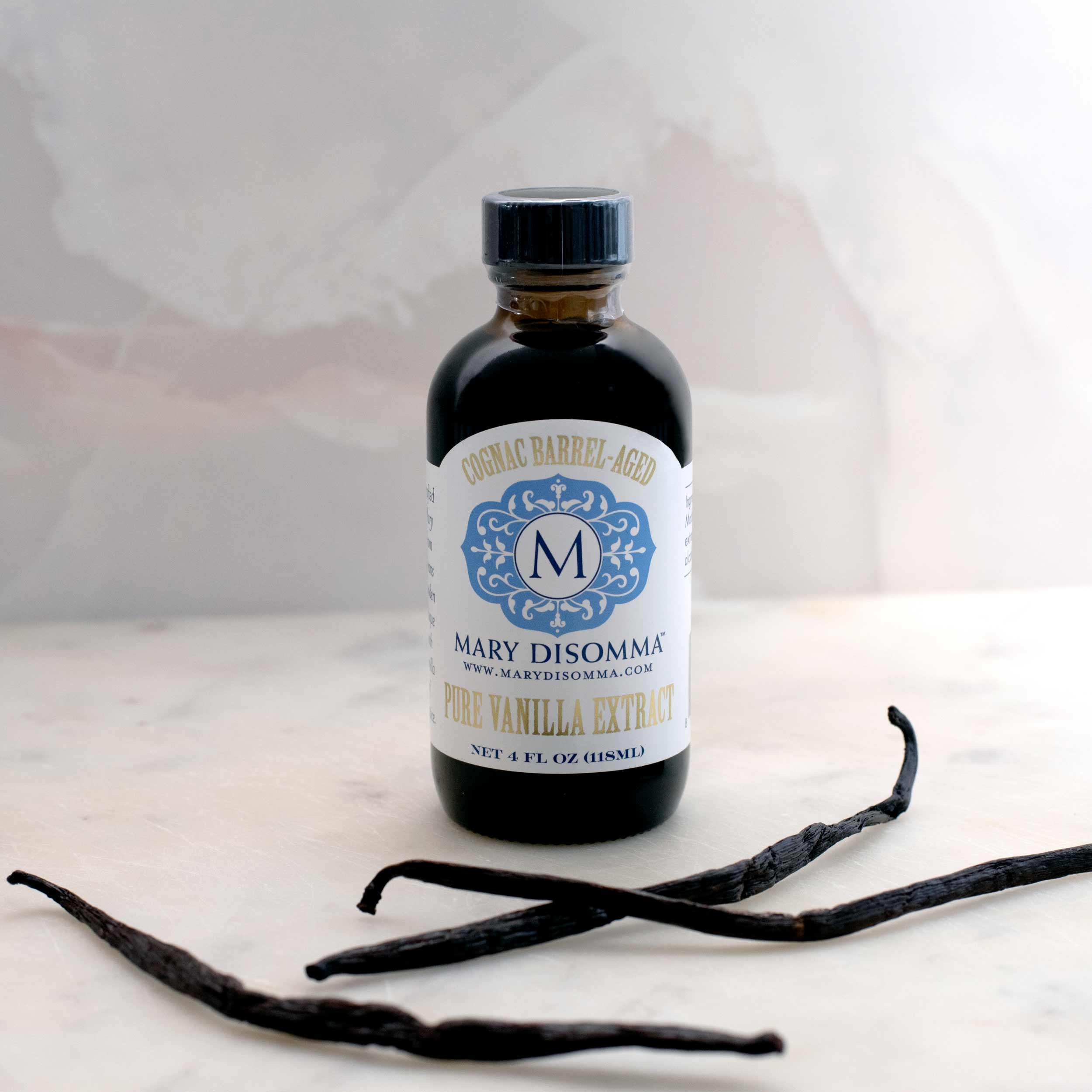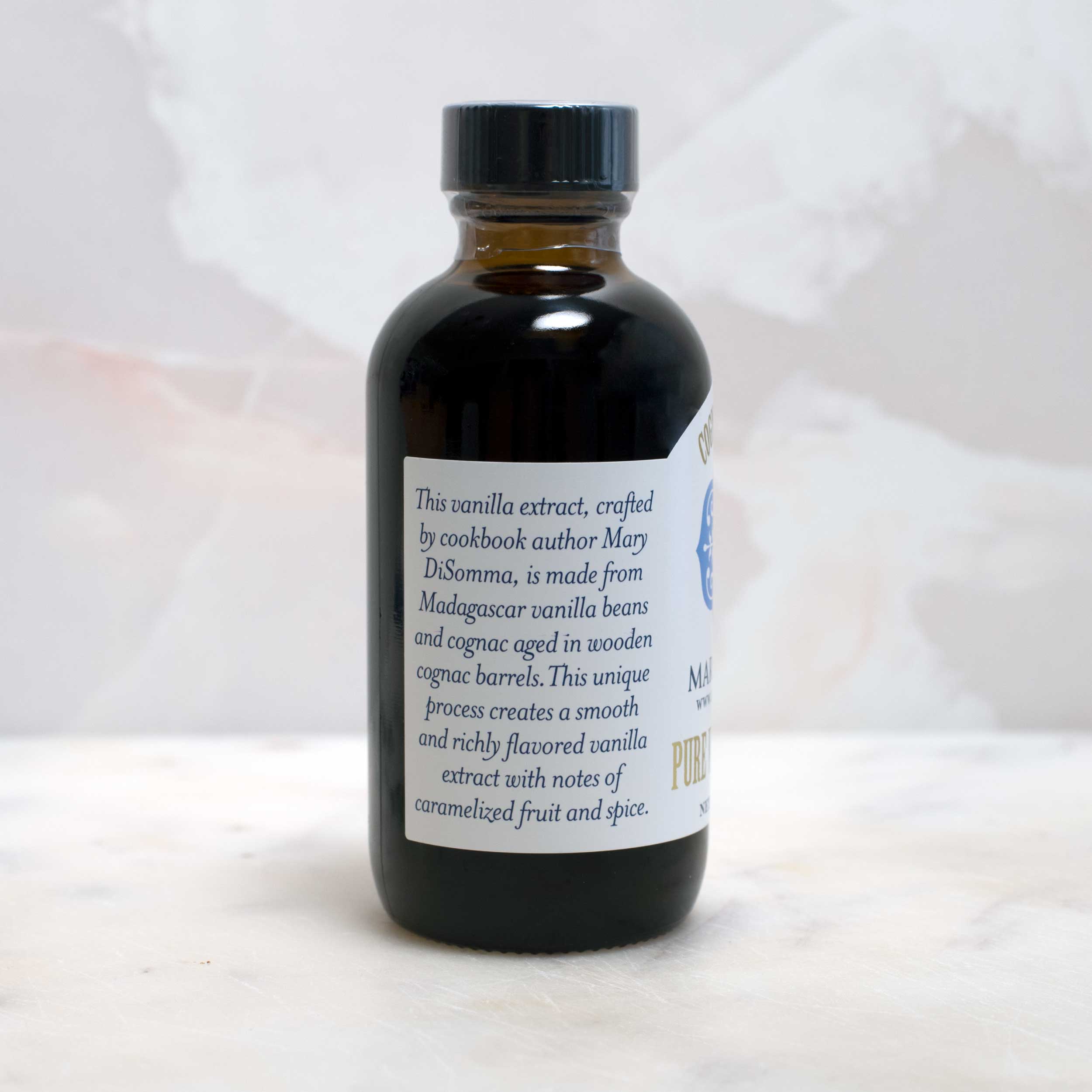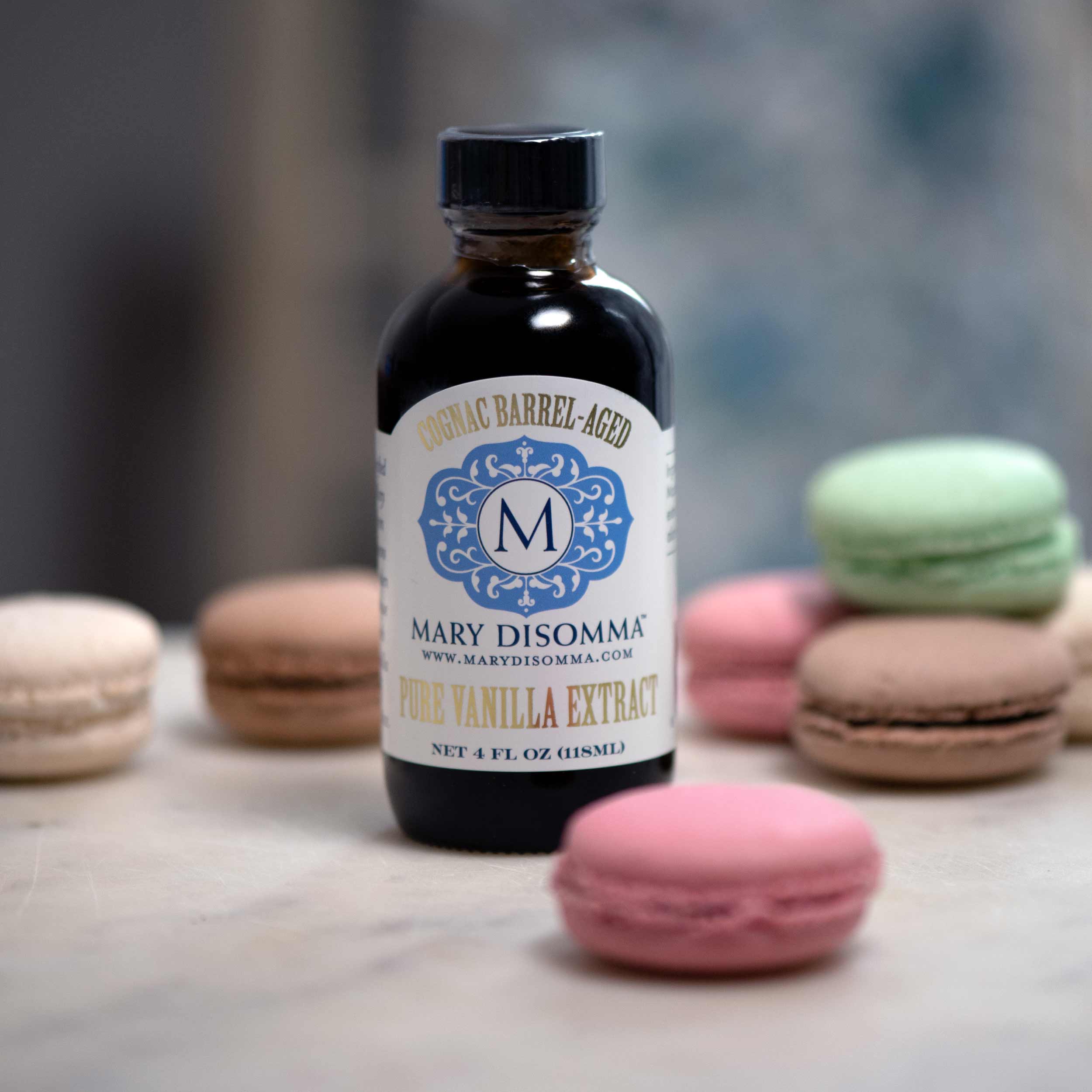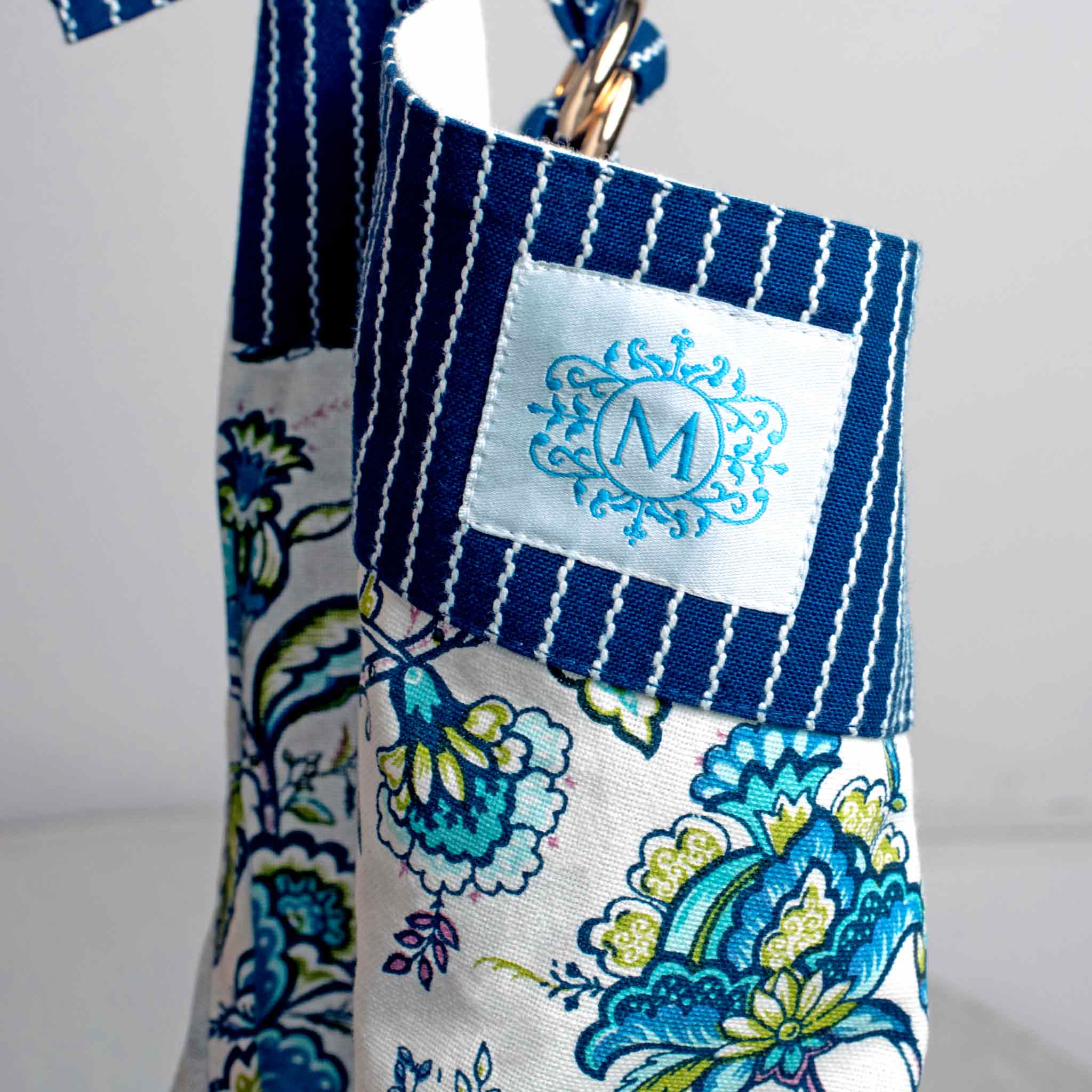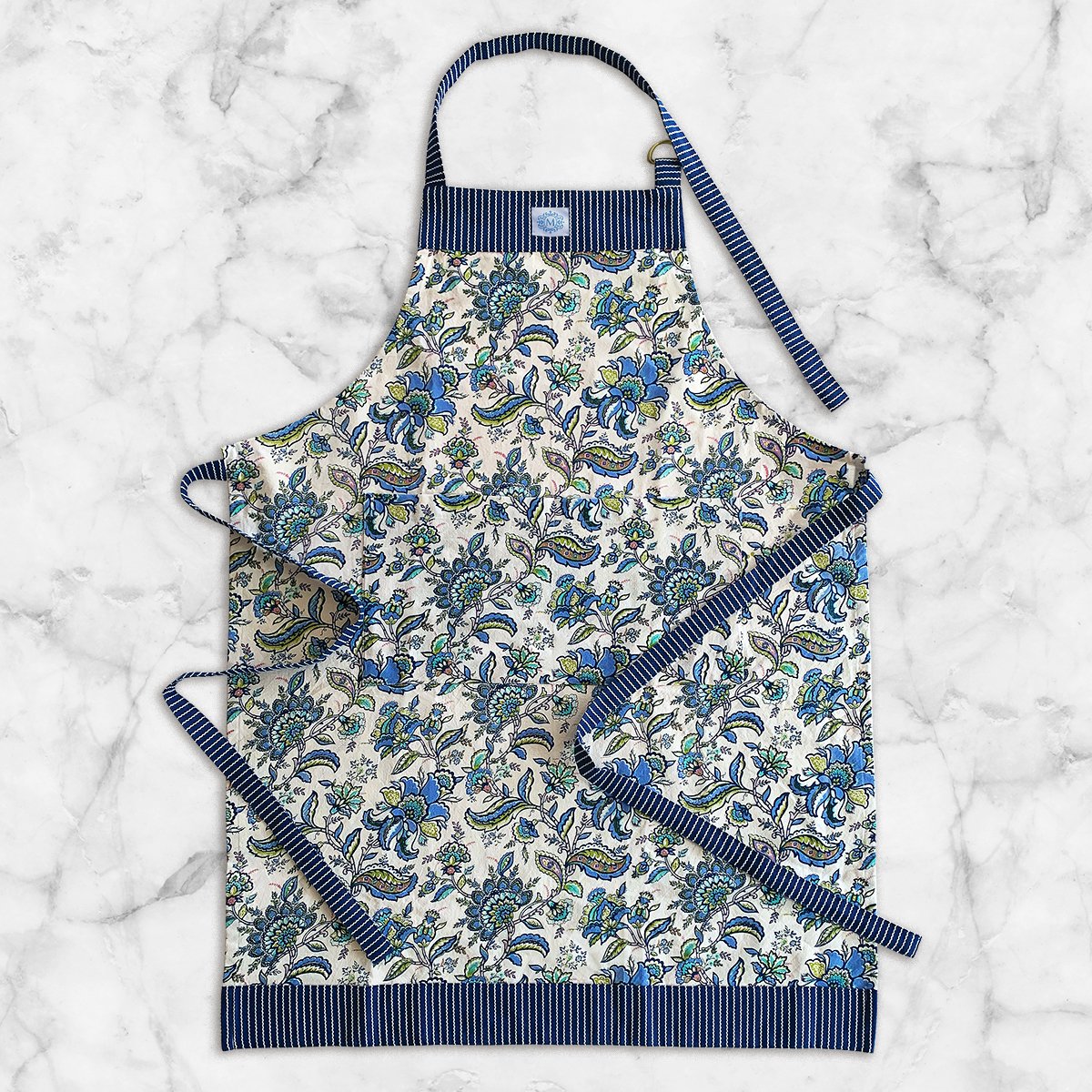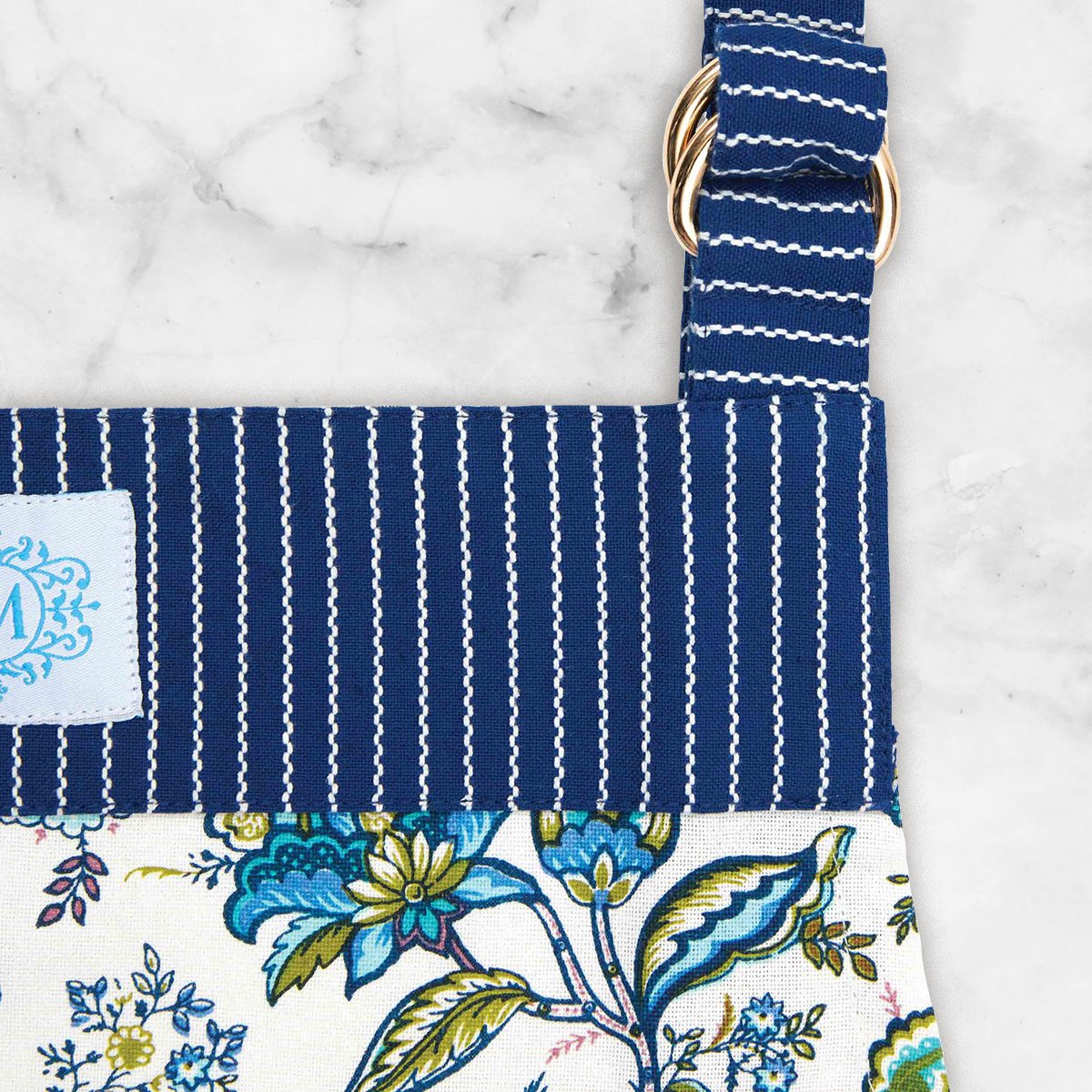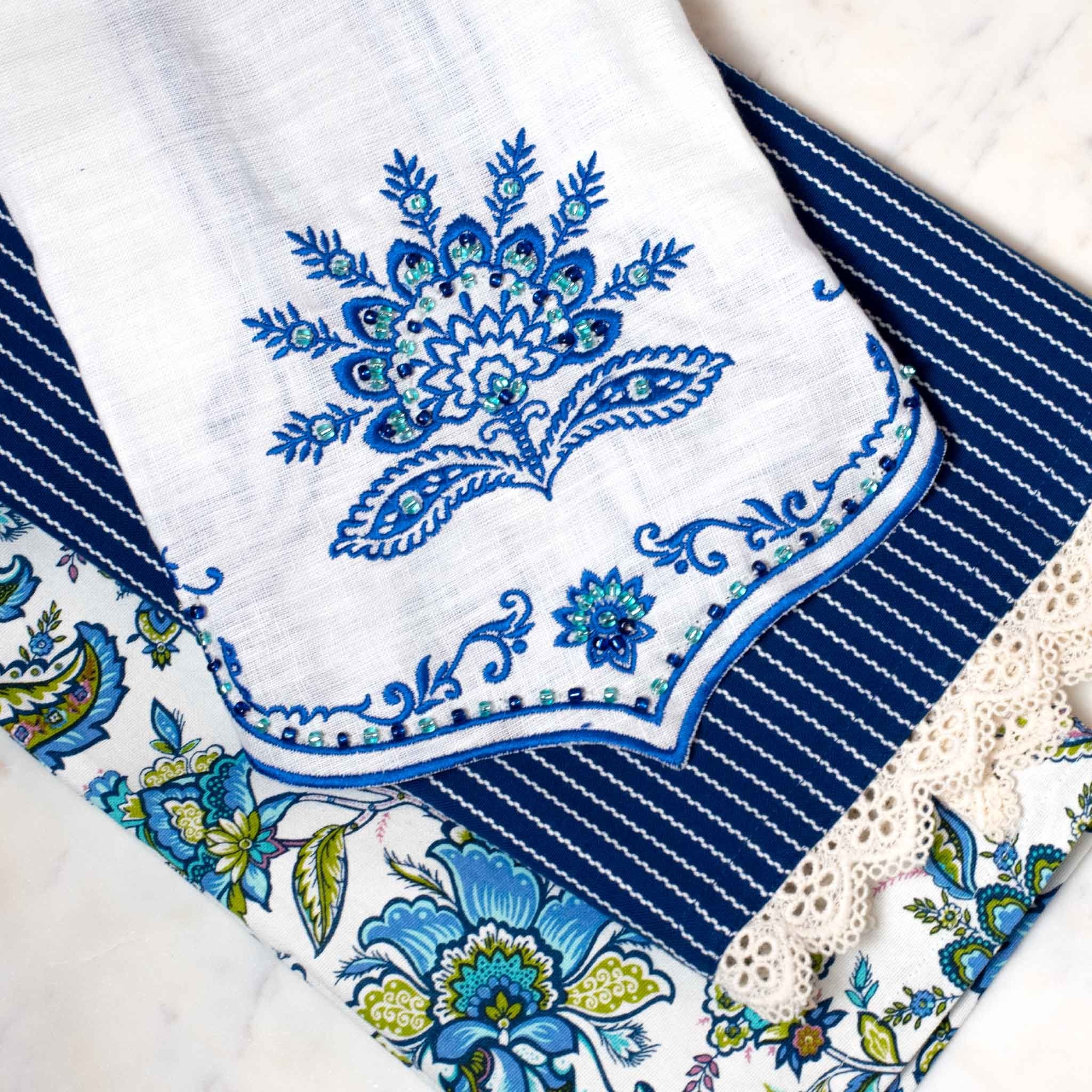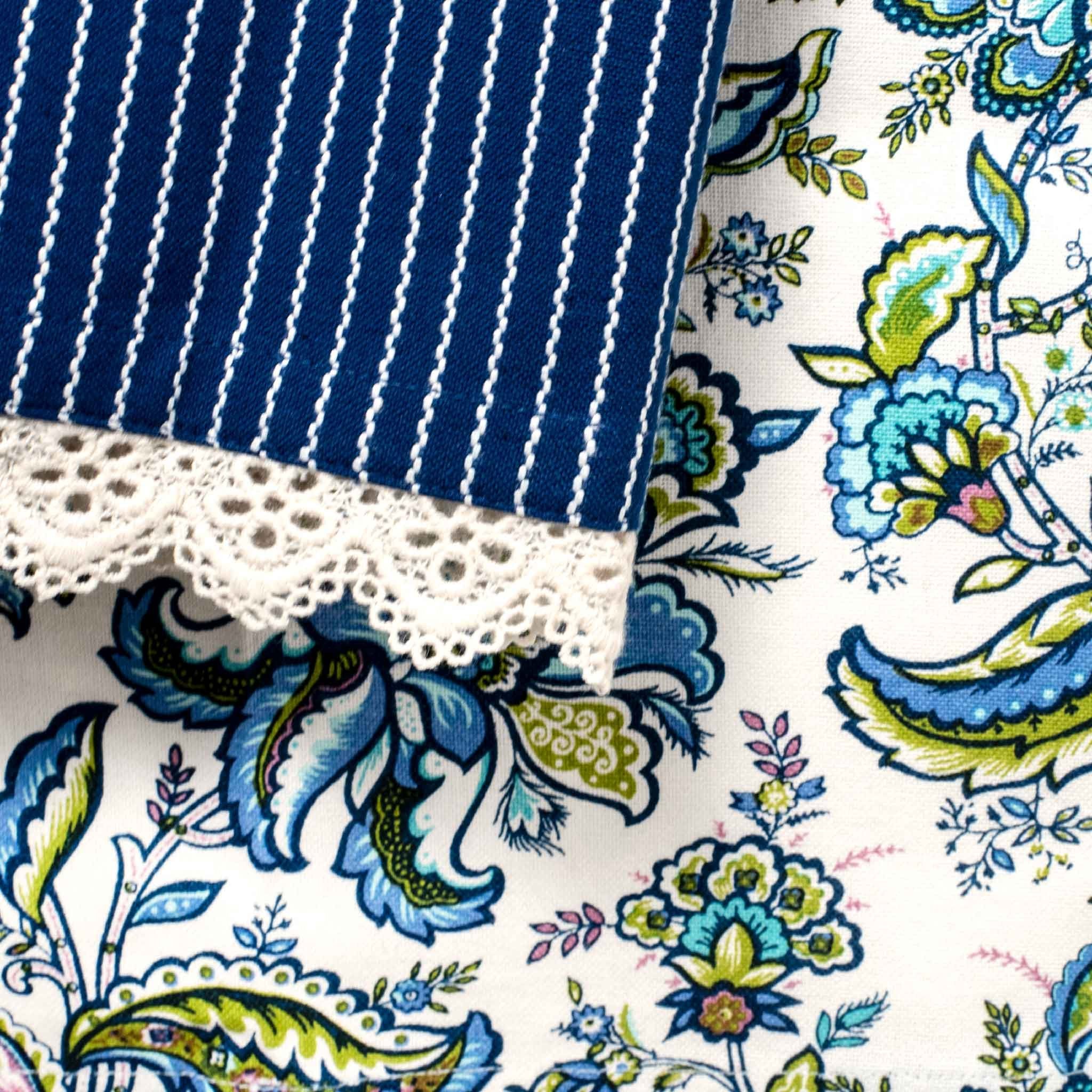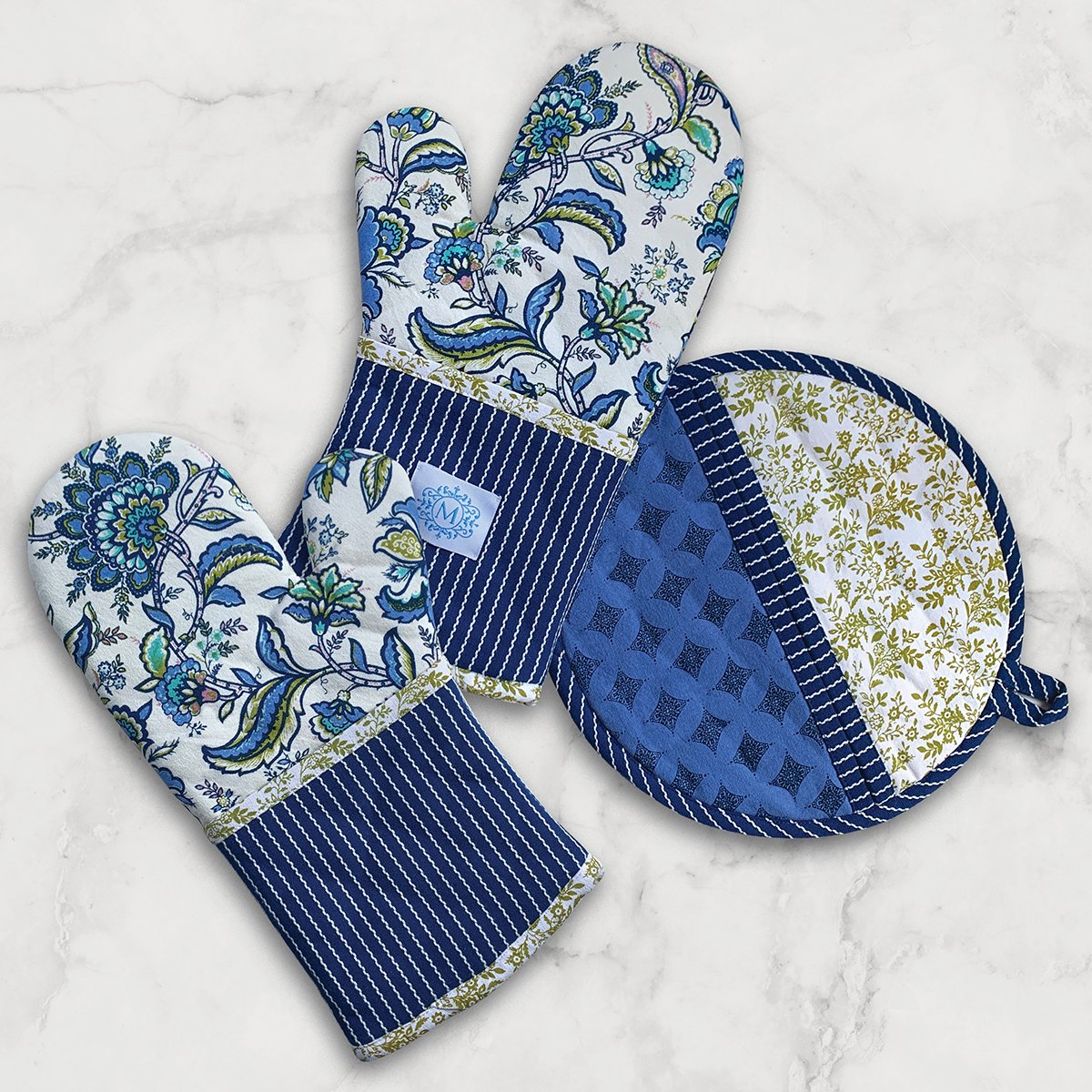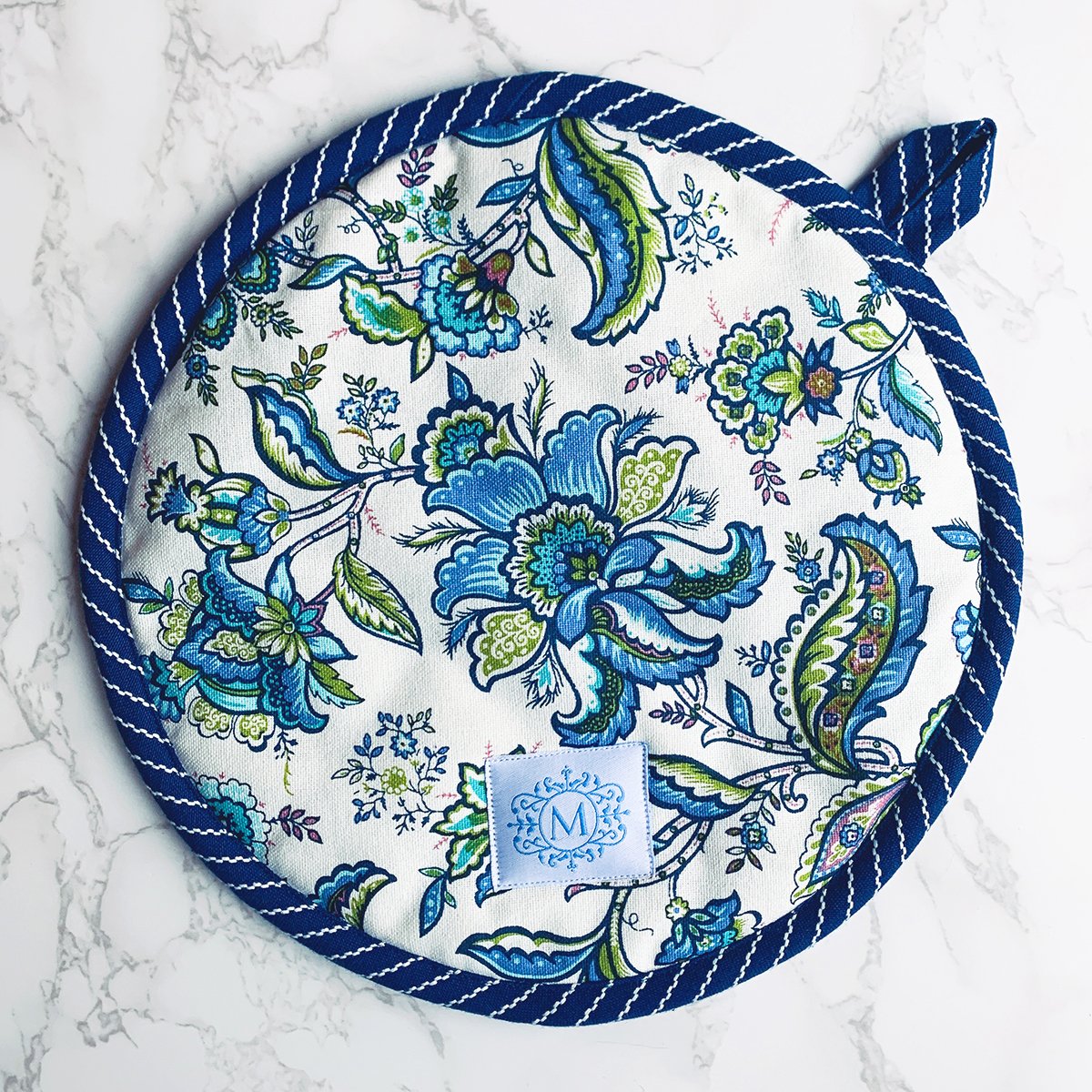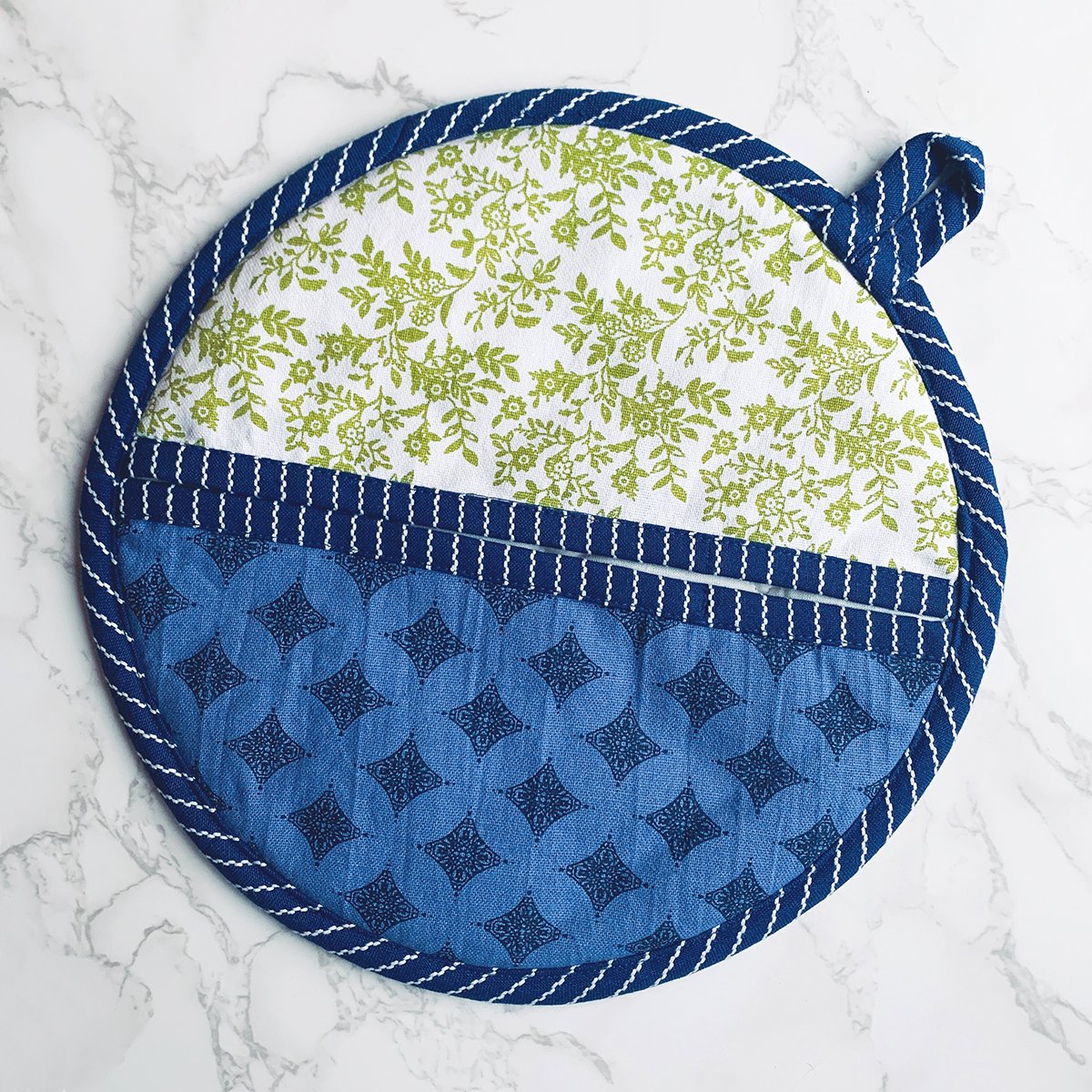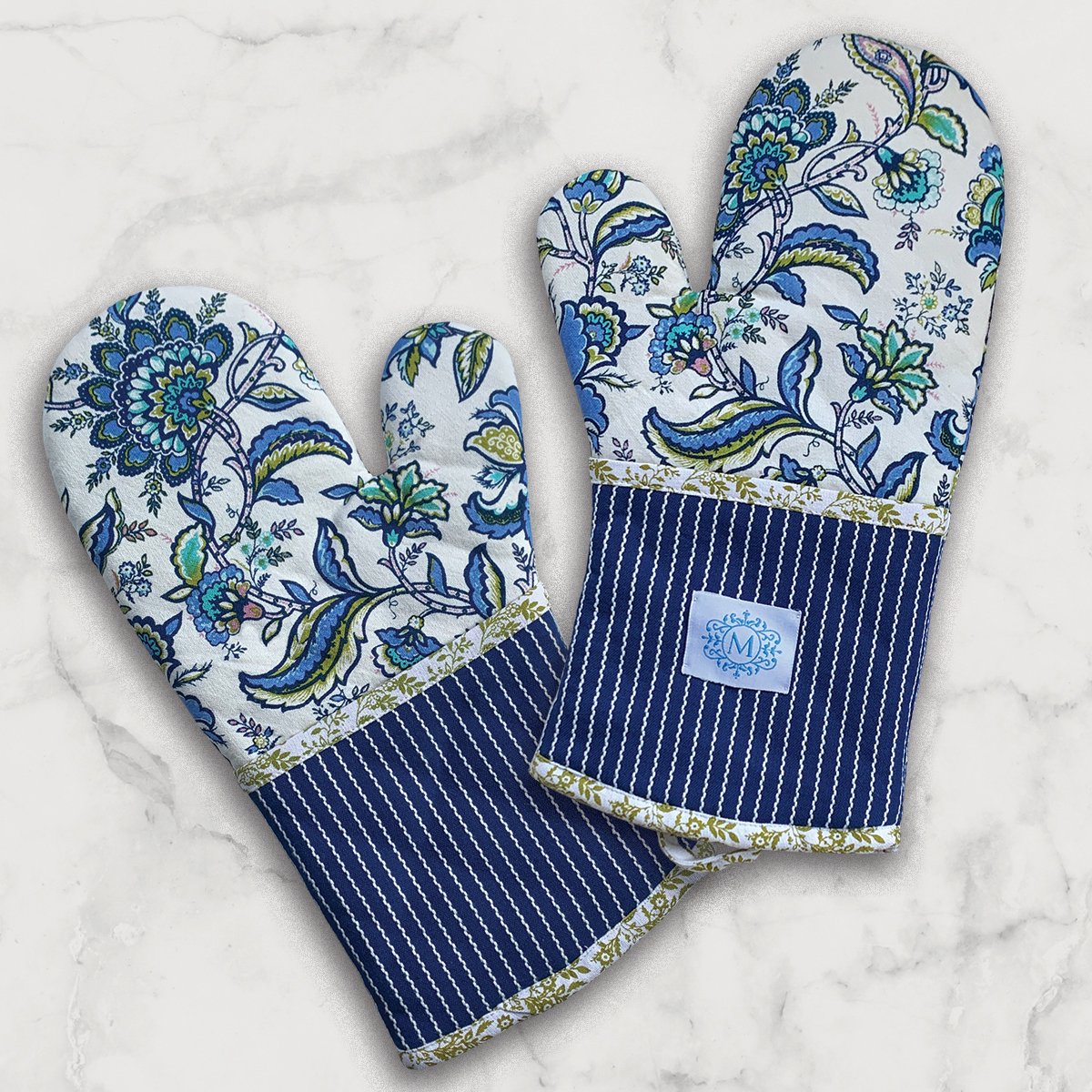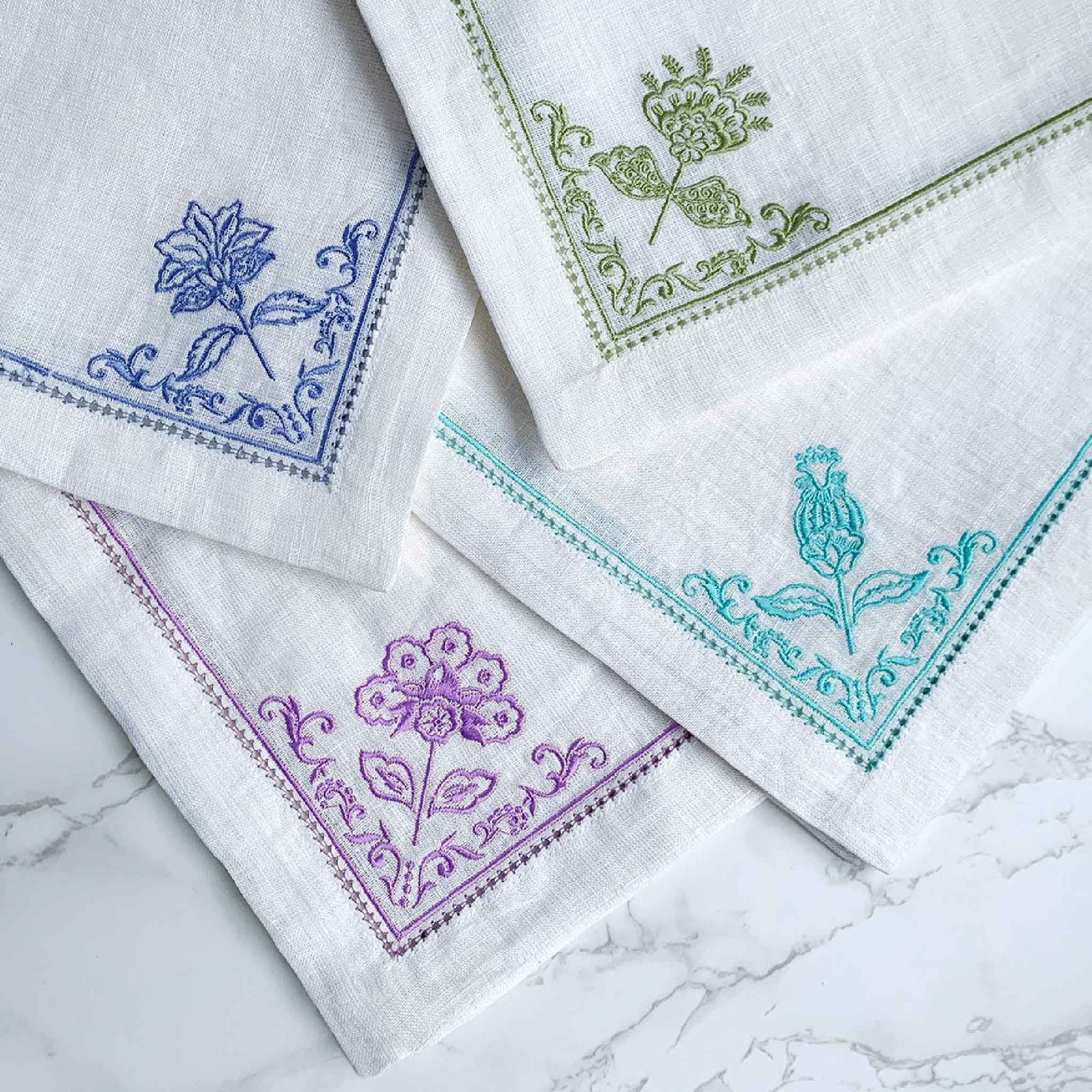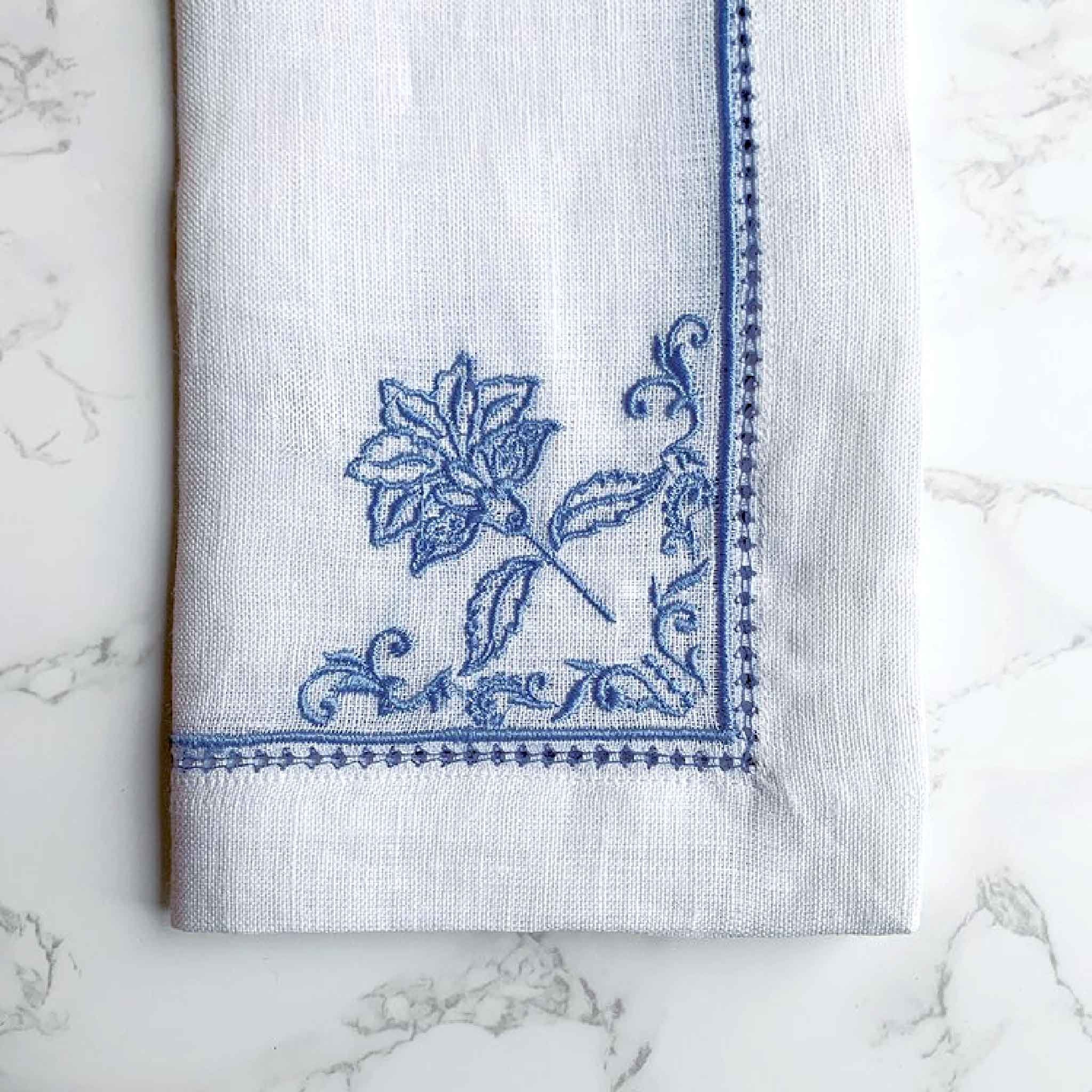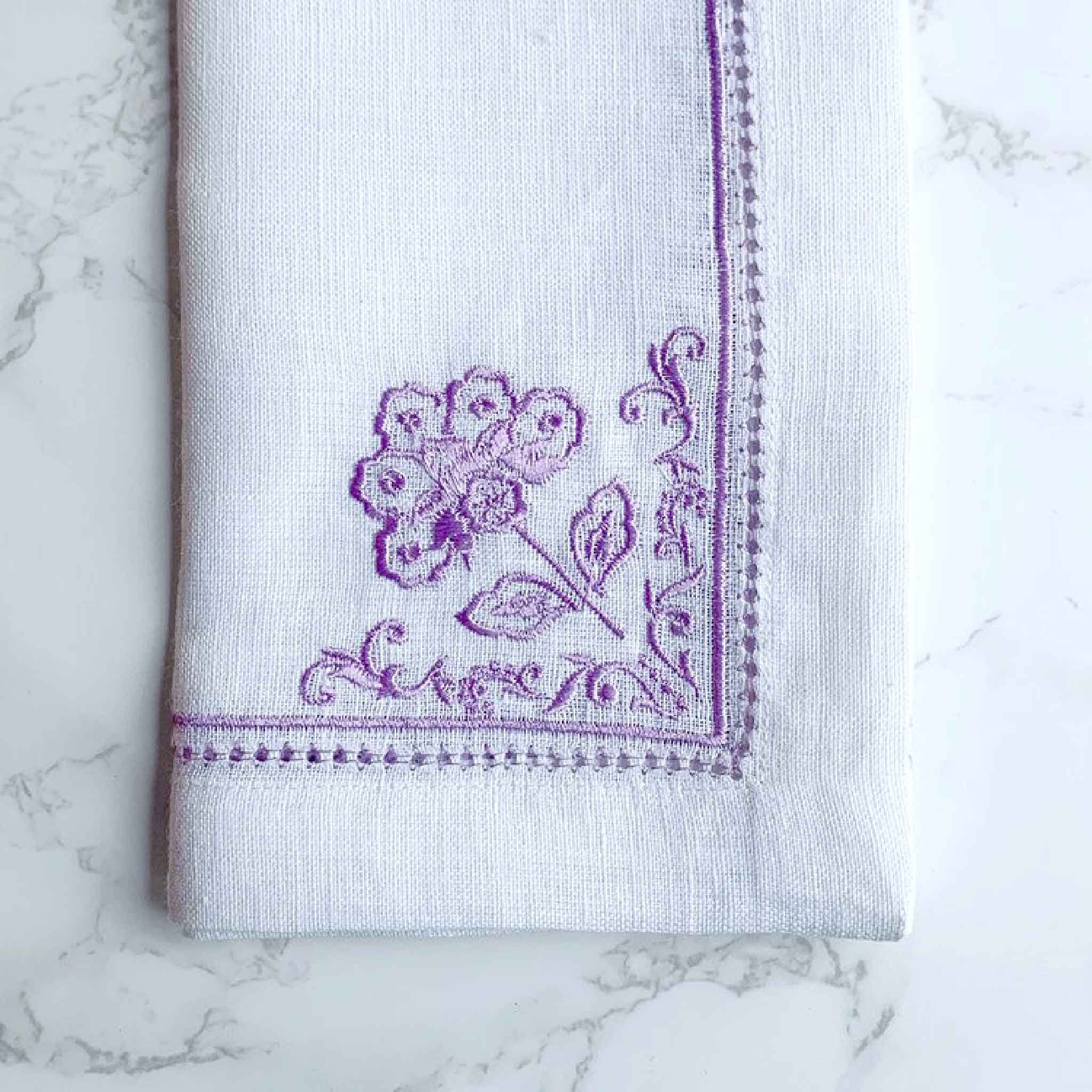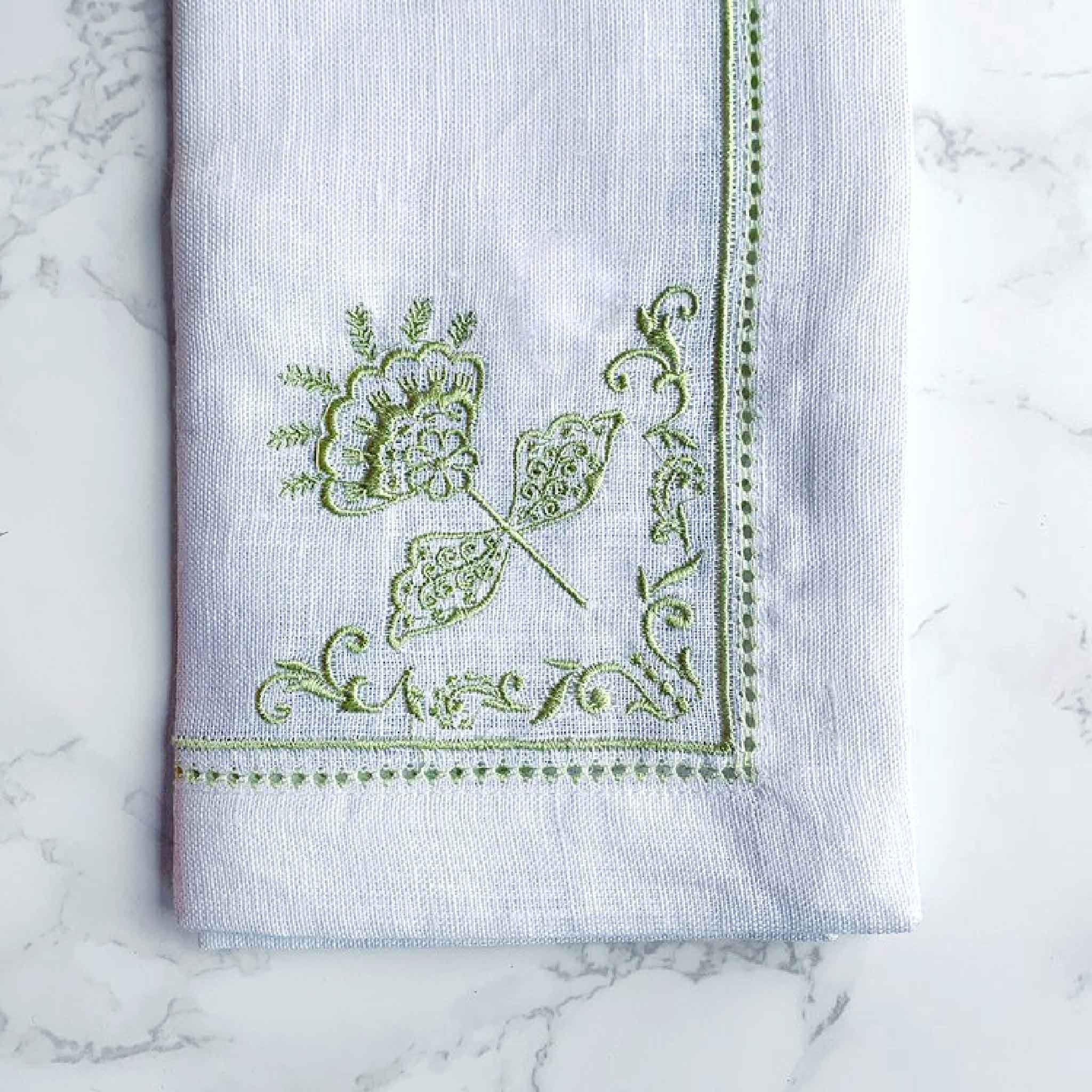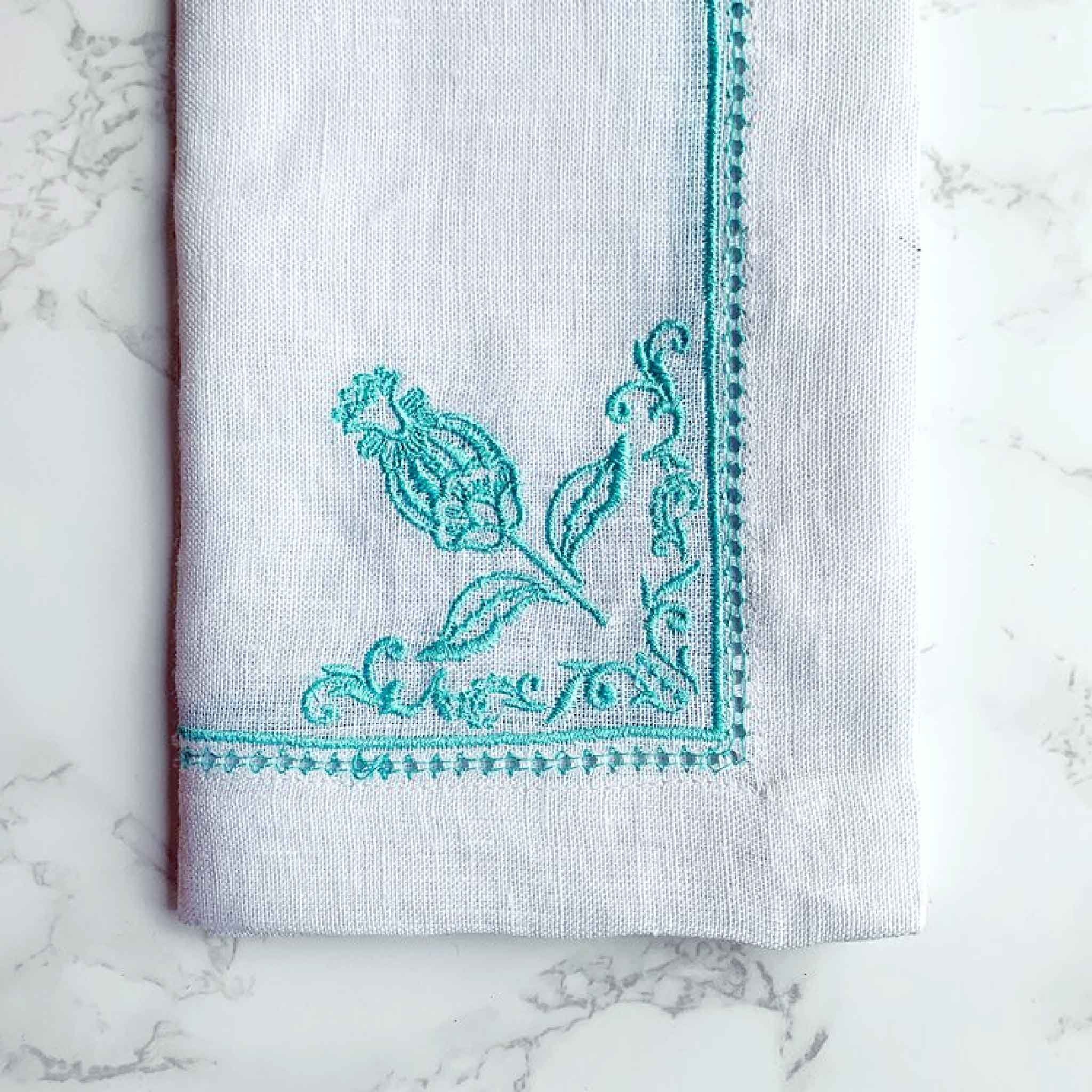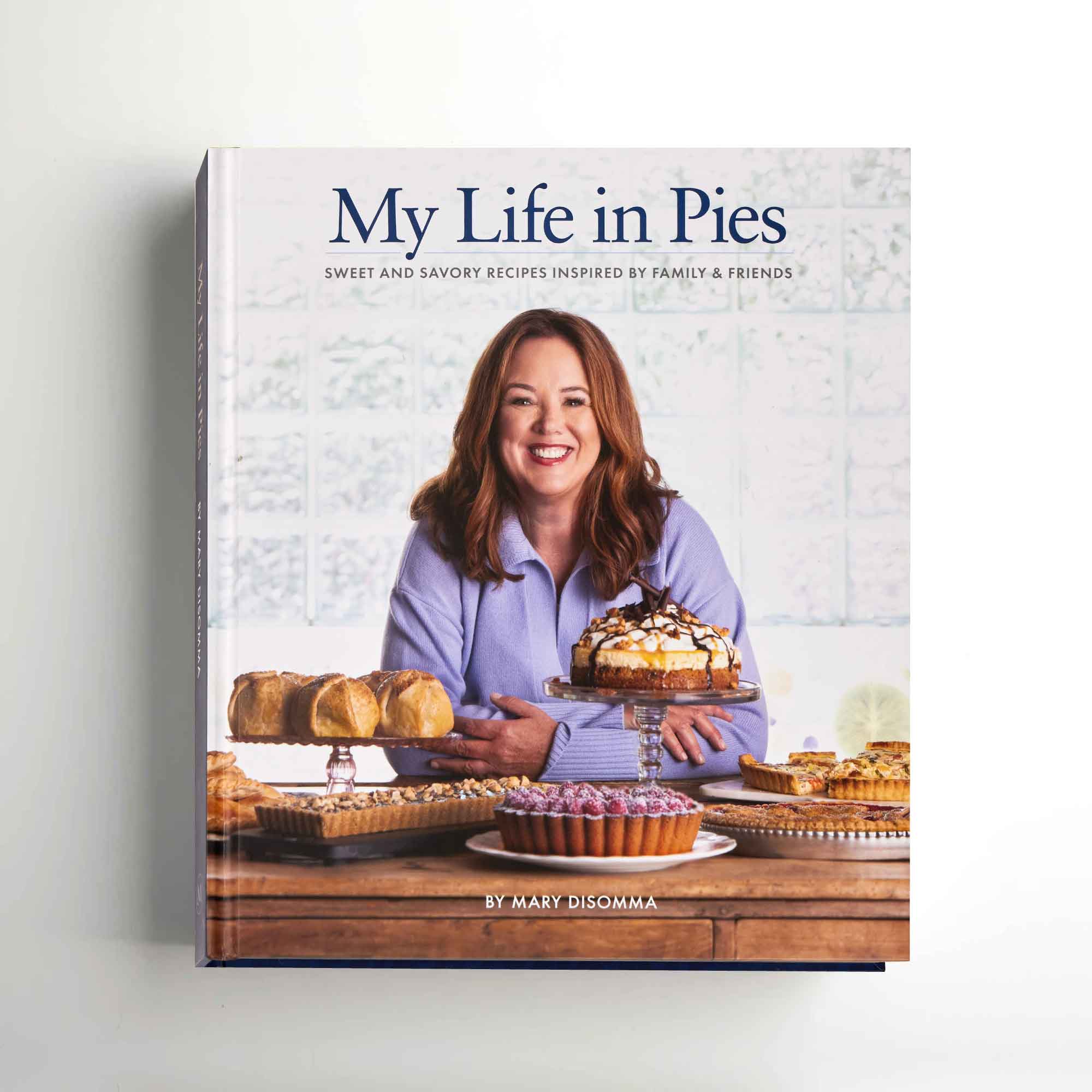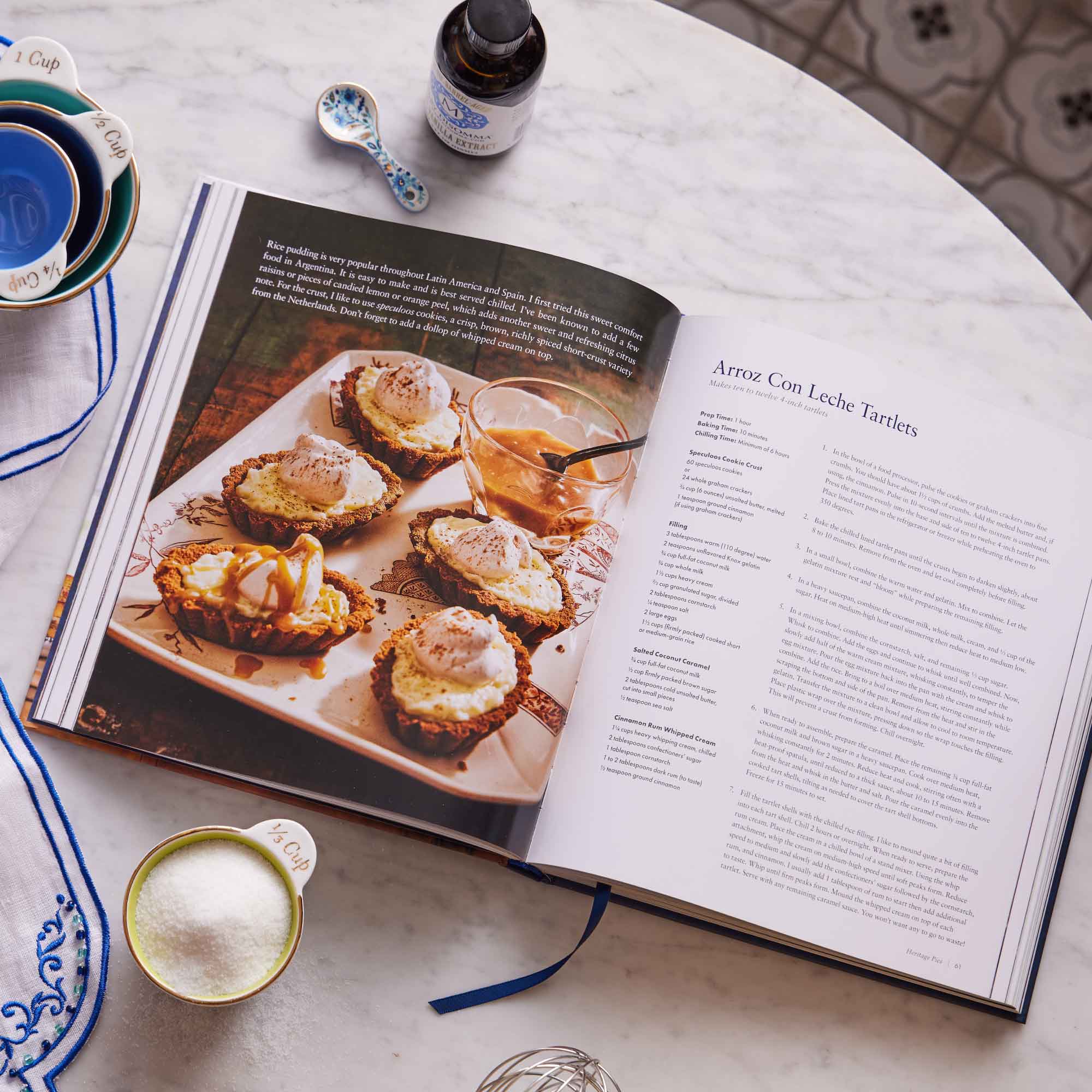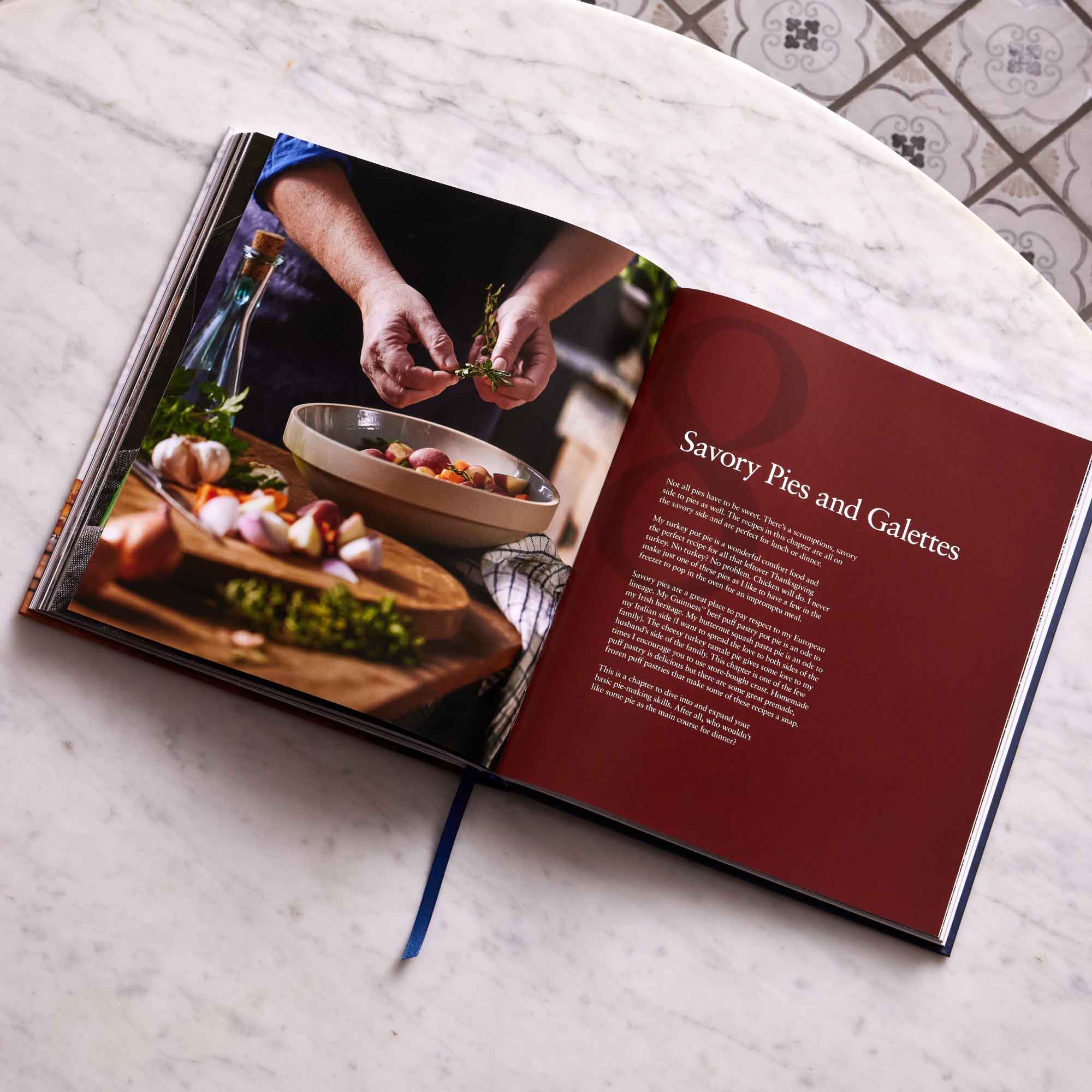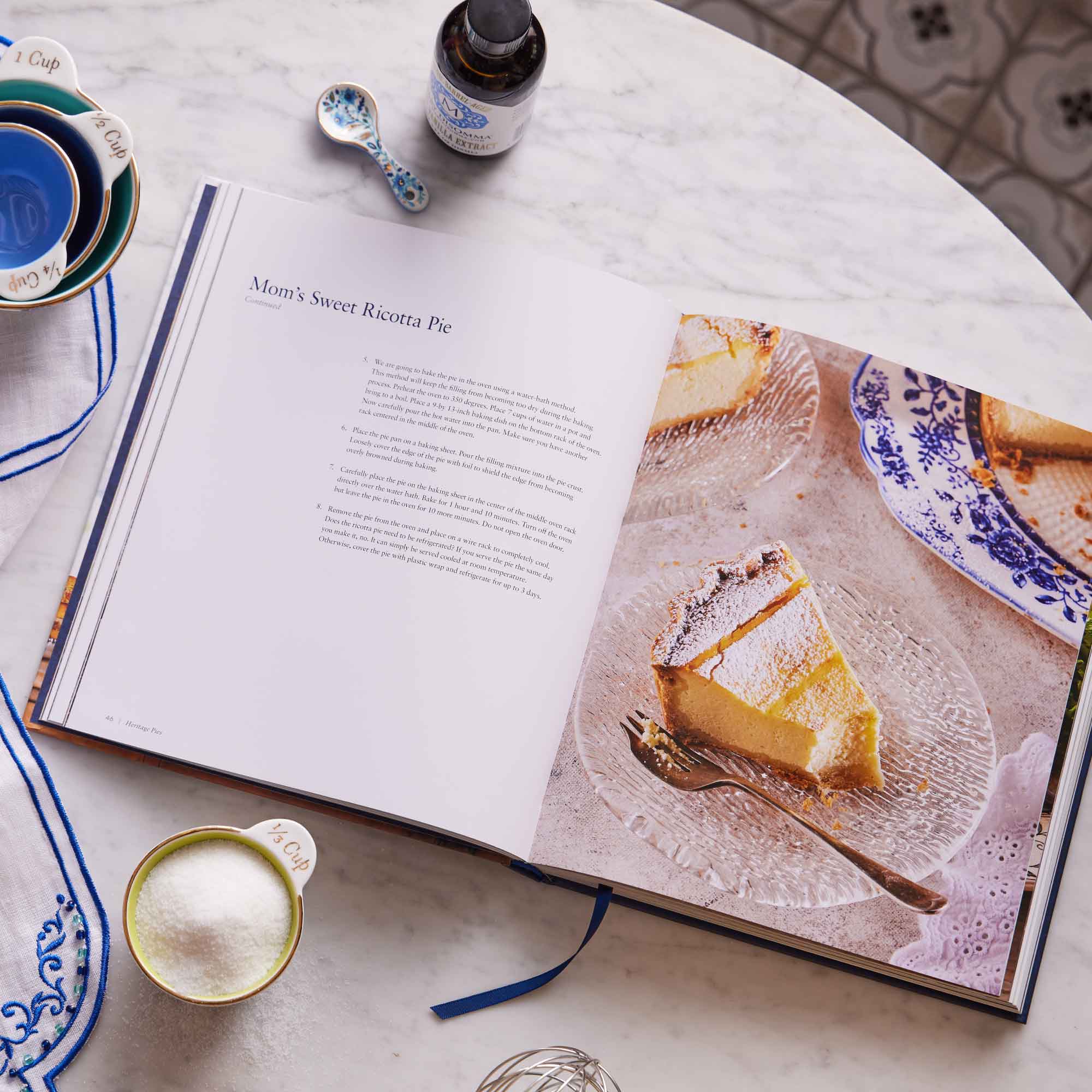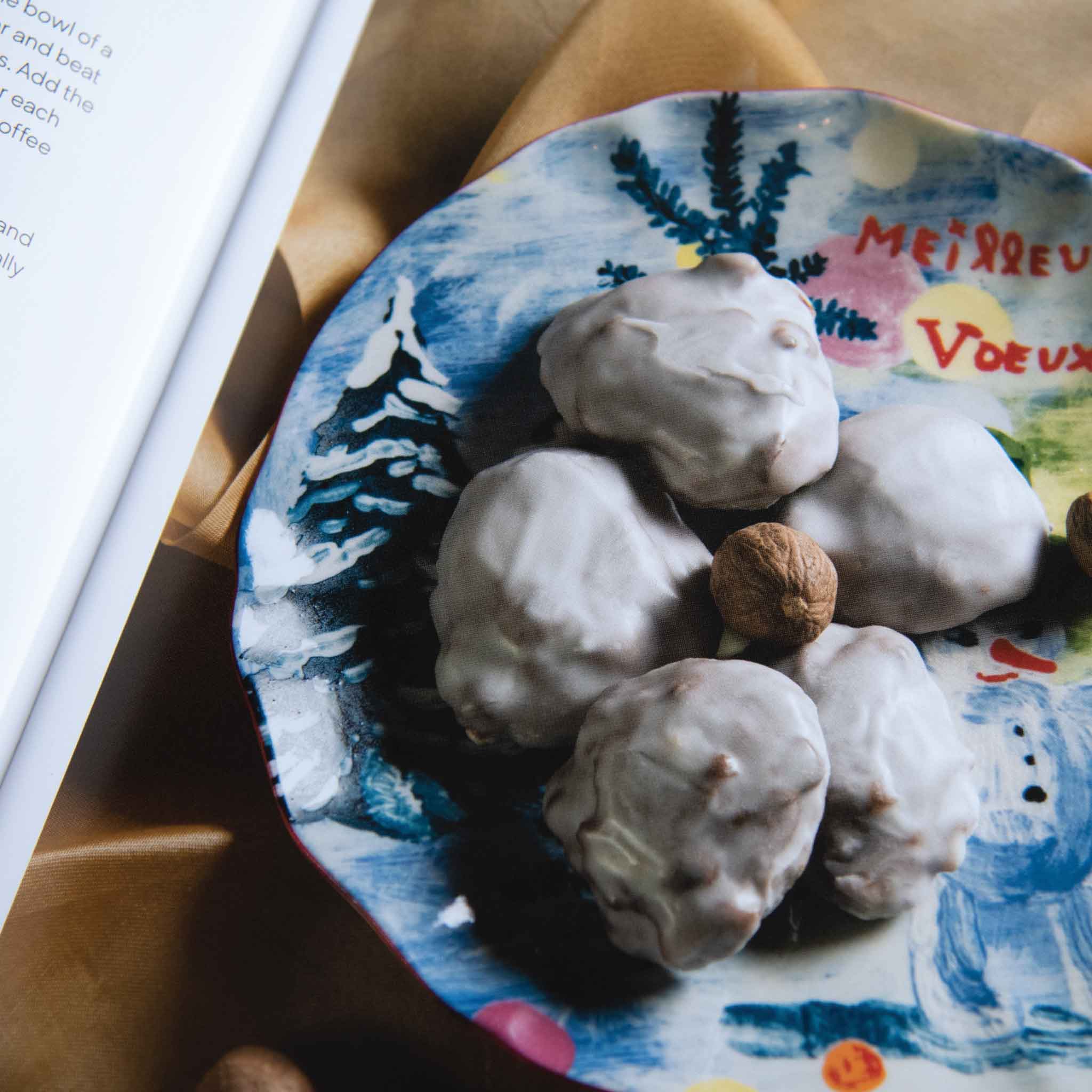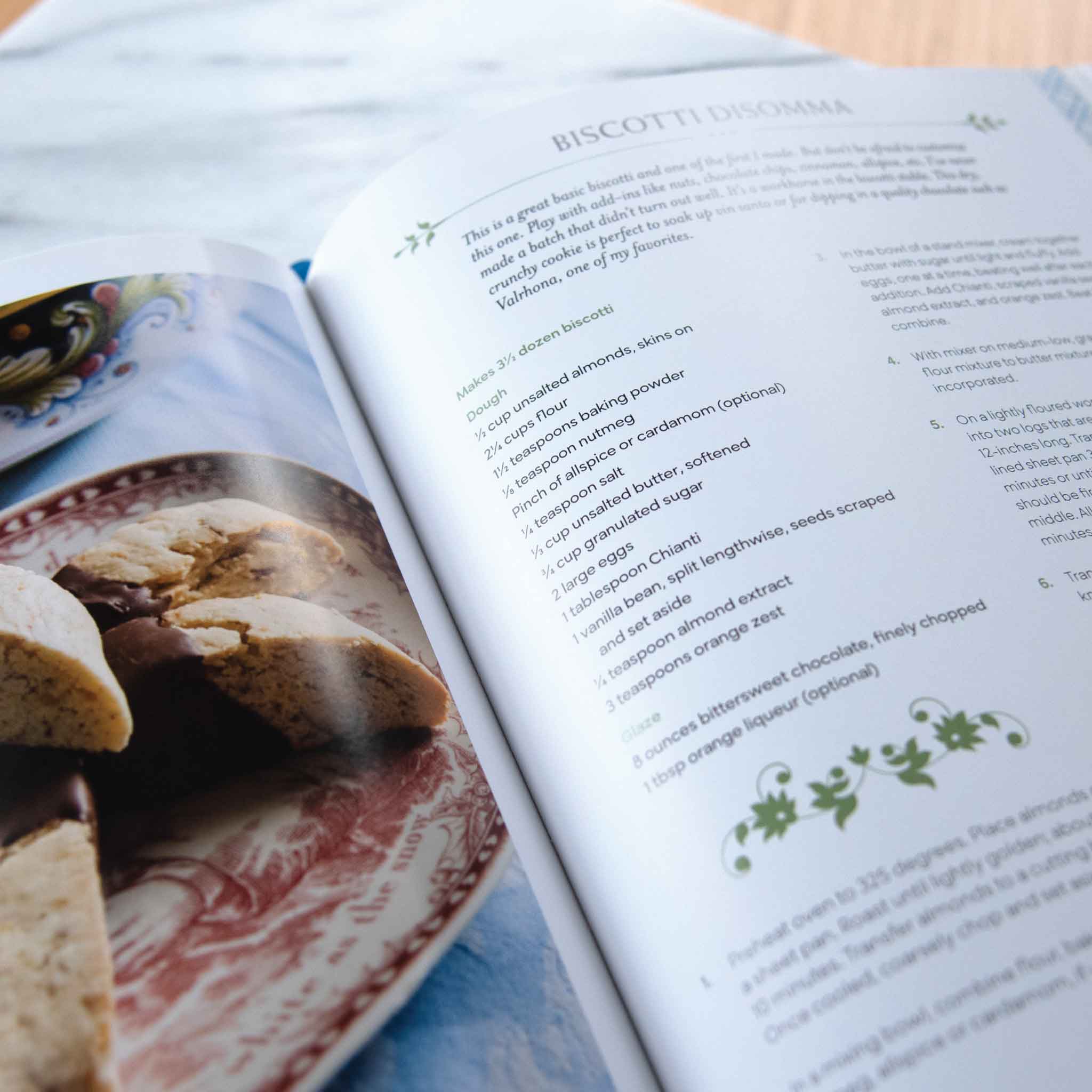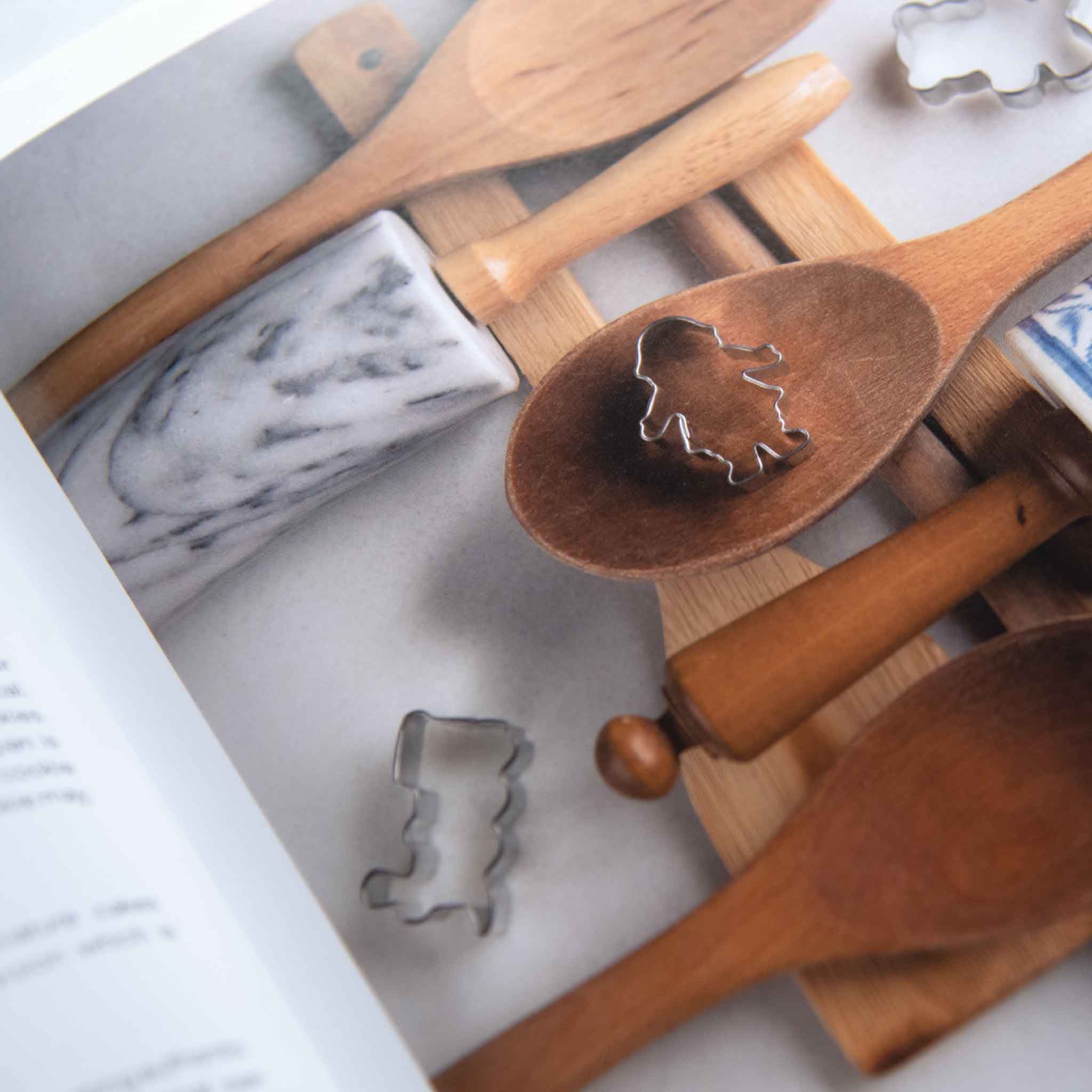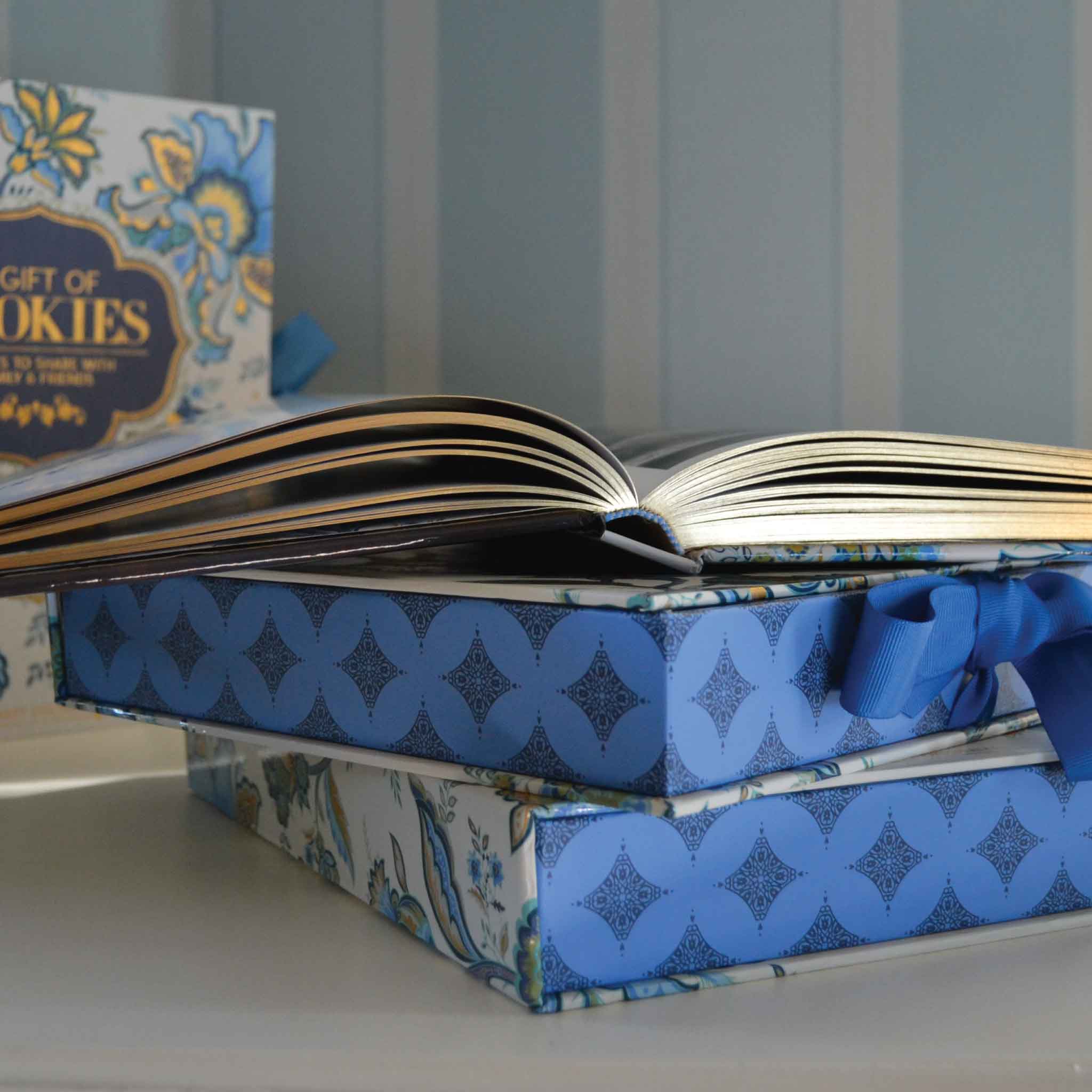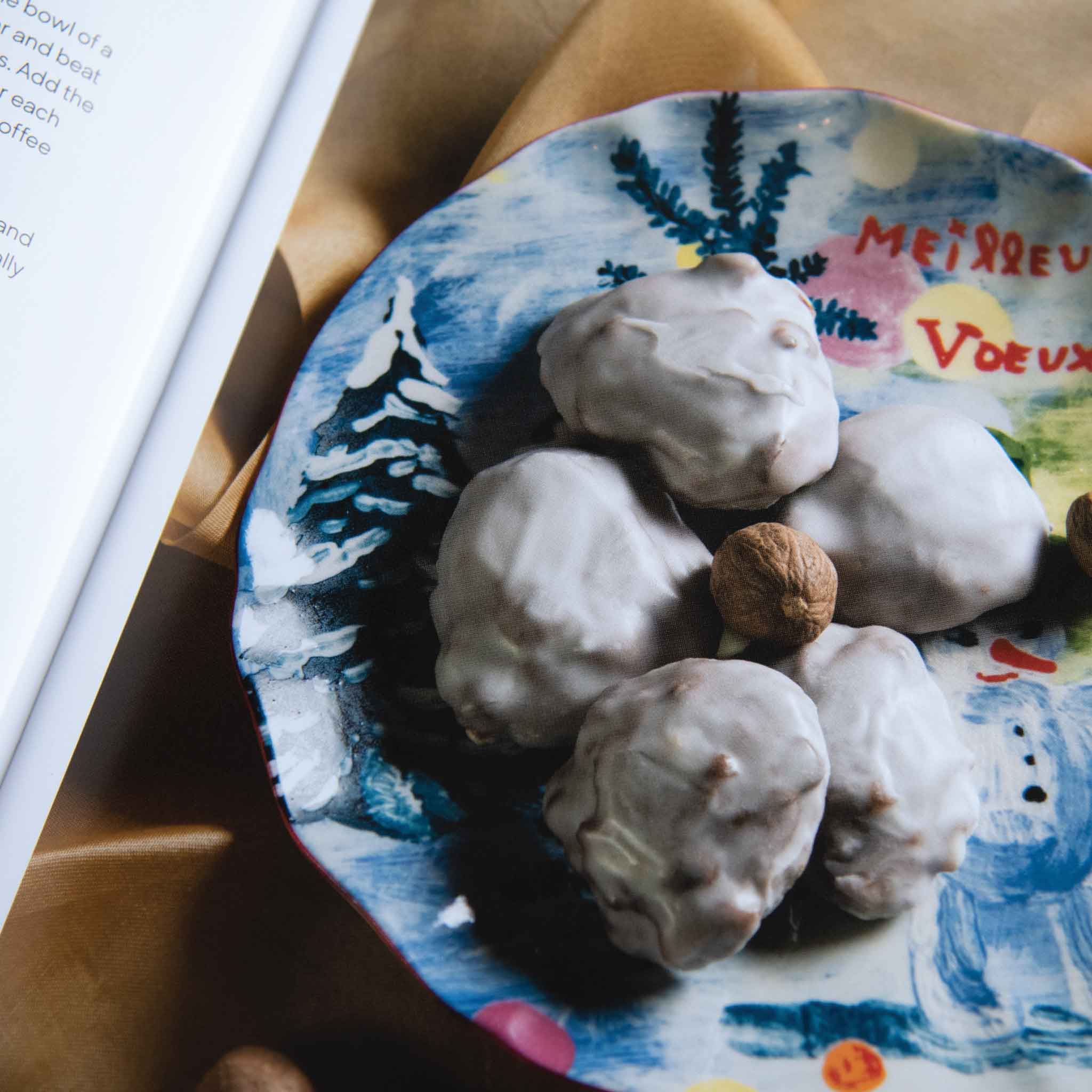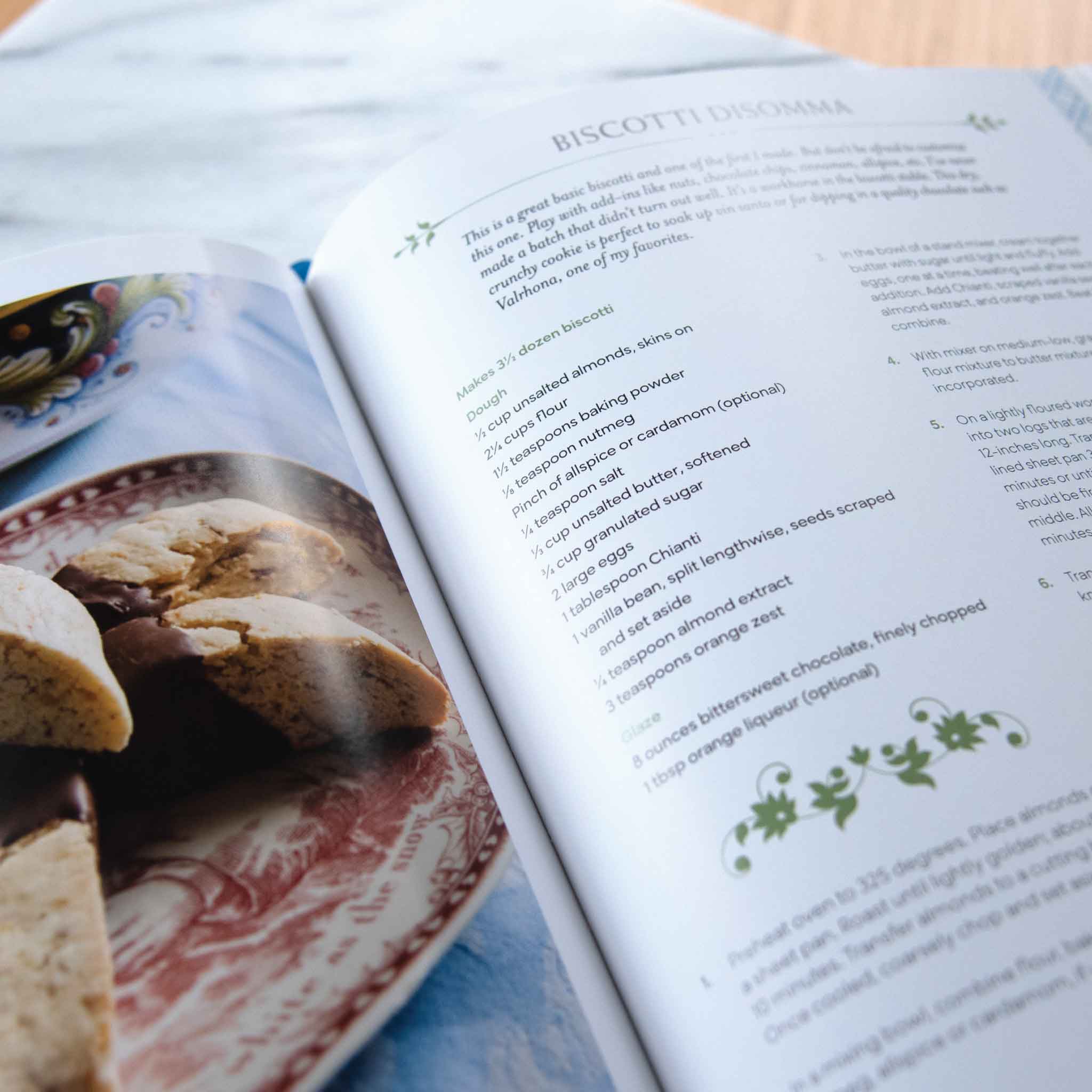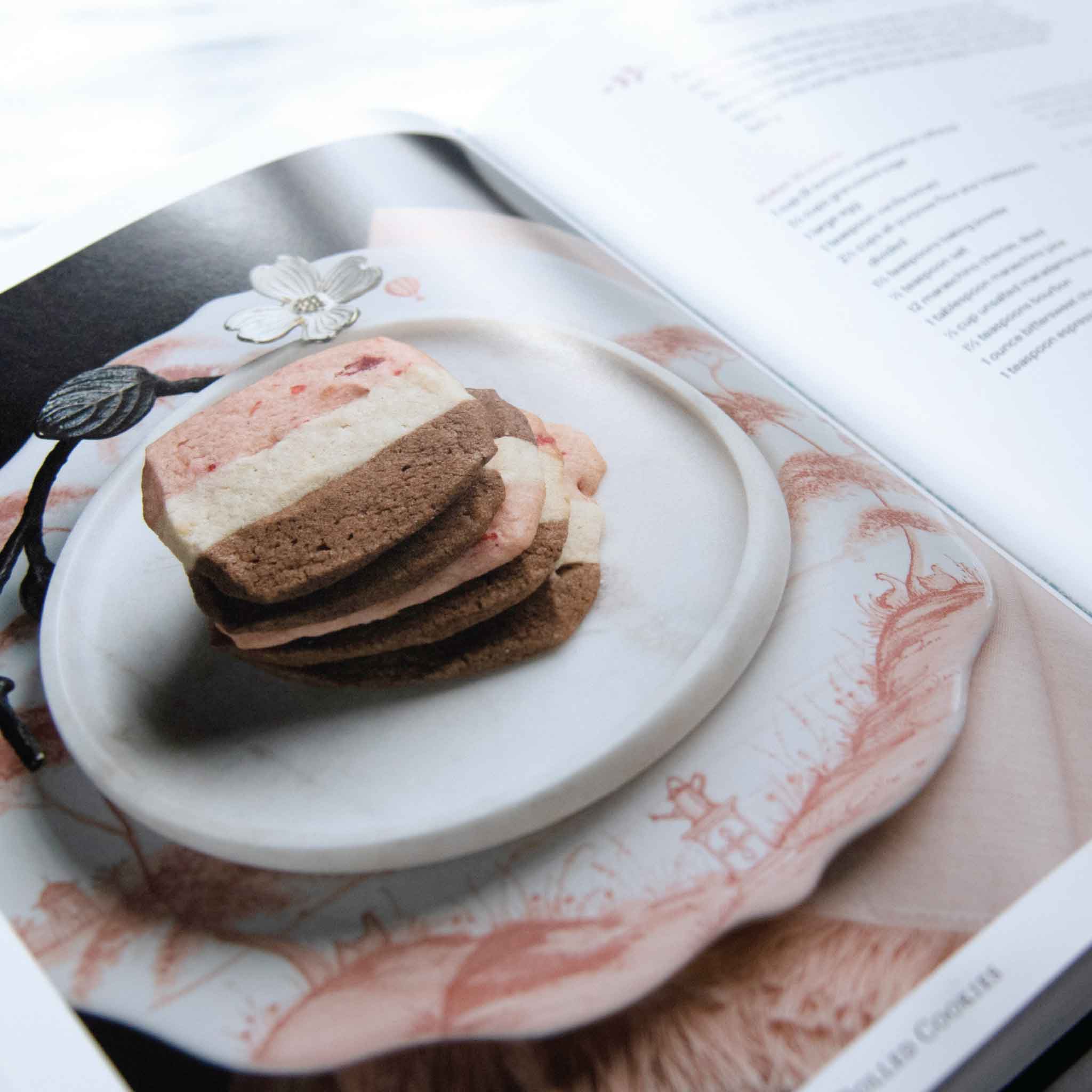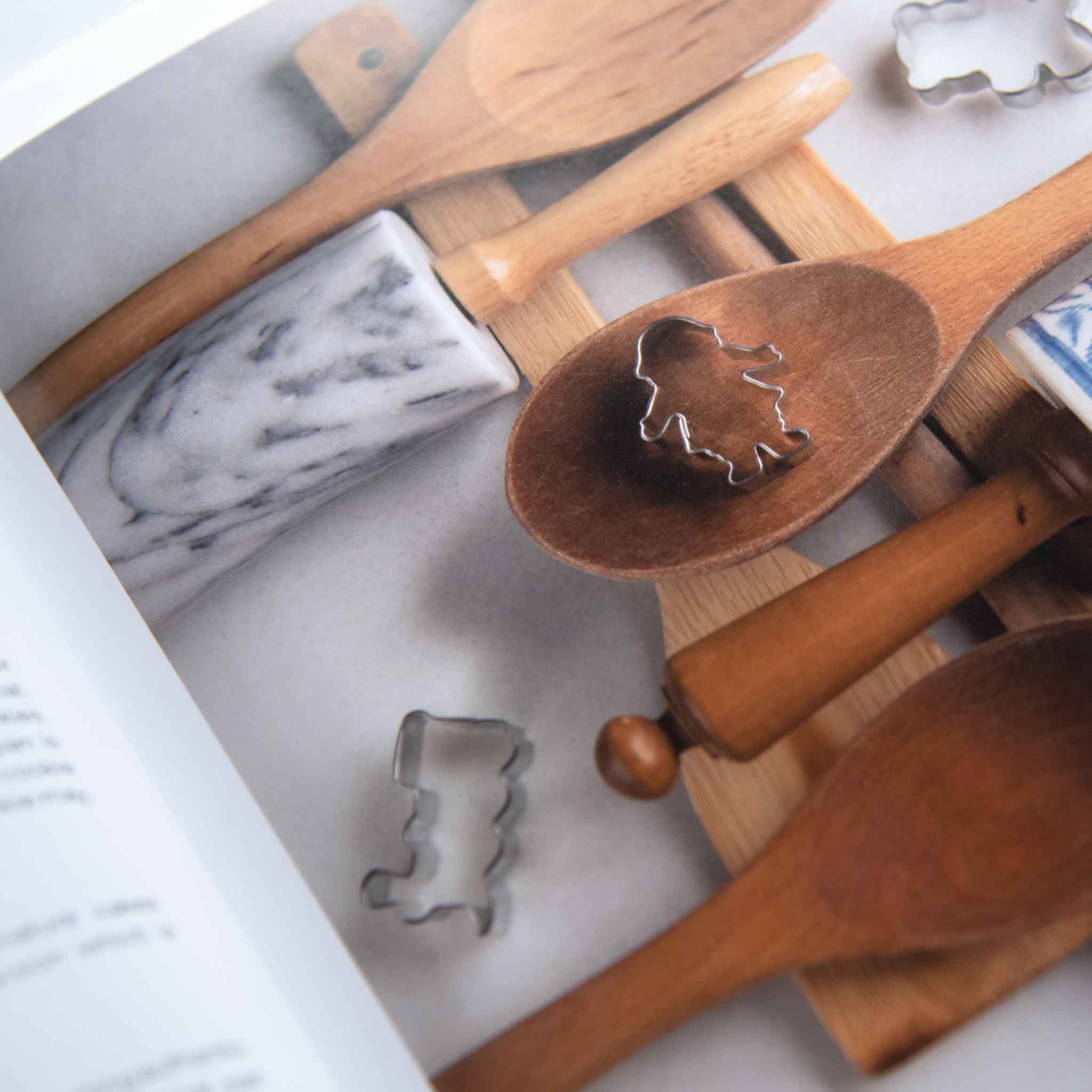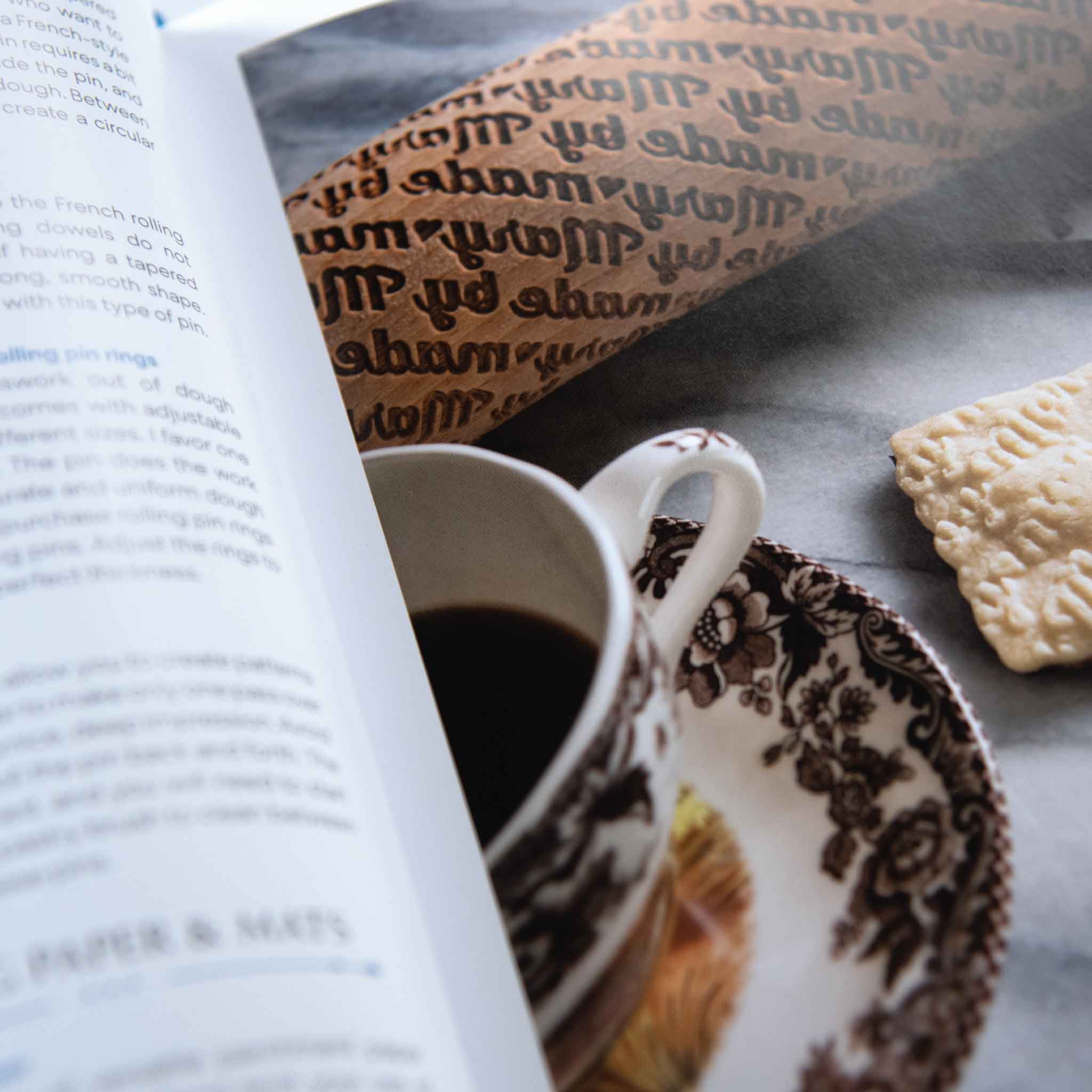Working with Yeast 101
Try mentioning homemade bread to a baking novice and you’ll probably see a look of fear on their face. That fear usually comes down to one word: Yeast. This ultimate guide on how to work with yeast dough will help you overcome that fear (if you have it) and master your yeast dough technique even if you don’t. Welcome to Working with Yeast 101!
Why isn’t my dough rising?
The most common issue people seem to have when they start out is that the dough doesn’t rise like they expected. Thankfully, basic yeast dough ingredients are cheap, so you can troubleshoot by trying again! If you’re wondering, “Why won’t my yeast dough rise?” you’re in the right place. Most of the time, when a yeast dough fails to rise, there’s a problem with the yeast—not because of something you did wrong.
Yeast packages will always list an expiration date. But even though your yeast hasn't expired yet, there is no guarantee about how it has been stored prior to purchase. If you purchase a jar of yeast instead of individual packets, you will need to store the opened jar in the fridge.

Proofing the yeast prior to adding it to your other ingredients is the best way to make sure the yeast is, in fact, active. Keep reading to learn how to proof yeast!
Lukewarm Water: Temperature and Liquid are Key Ingredients in Yeast Dough
The temperature of the liquid—usually water—is essential when you proof your yeast. Too cool and the yeast won’t activate. Too hot and it dies. If you’re not a seasoned bread baker already, an instant-read thermometer will help so much! The optimum temperature is between 105 and 110 degrees. Anything over 139 degrees will kill the yeast.
Do you need sugar to activate the yeast?
Many recipes call for a teaspoon of sugar or honey to be added to the warm-proofing liquid. Believe it or not, this one isn’t a must. It turns out you don’t actually need sugar to proof your yeast. A little bit of sweetness makes the yeast happy and gives it a "jump start," so it activates faster. I always use a little sugar or honey.

How do you proof yeast?
To properly proof your yeast, you’ll mix the yeast into your lukewarm water, along with the sugar or honey if the recipe calls for it. Then you wait a few minutes. If the mixture has formed a creamy, slightly bubbly head, you’re good to go! Yeast takes about 15 minutes to proof in a 70-degree kitchen. This timing might vary depending on the temperature of your space.




Yes, it does matter what kind of yeast you choose!
There are a lot of yeast options in the baking section, and which one you choose does make a difference. So what’s the difference between rapid-rise yeast, active dry yeast, and instant yeast? And how do they work?
Active Dry Yeast
Most recipes call for active dry yeast, which comes in packets or small jars. Found in the baking section of the grocery store, active dry yeast is usually proofed and then added to a flour mixture.
Instant Yeast
This yeast is specially designed to be added directly to other ingredients in its dry state. Too good to be true? Maybe. Instant yeast has some liabilities. Use too much and your dough might rise too fast or become too yeasty in flavor. The plus side is that it’s super easy to use and doesn’t require proofing. Instant yeast is a good choice for dough that requires rising overnight in the refrigerator. Although it can be added directly to ingredients, some recipes call for proofing the yeast as a fail-safe step to ensure the yeast is viable.
Rapid-Rise Yeast
This type of yeast is another instant yeast with additives that cause it to rise faster. Like instant yeast, it can be added directly to the dry ingredients. Proofing is sometimes suggested, depending on the recipe. Rapid-rise yeast really shines in bread dough that requires a single rise prior to shaping and baking!
Fresh or Compressed Yeast
This is the yeast that your grandmother probably used. Baking purists love this stuff. Breads made with fresh yeast tend to be more supple and bouncy and can take excessive handling. Fresh yeast is sold in the refrigerator section of some grocery stores. It has to be refrigerated because it’s less stable than dry yeast. Fresh yeast is the most perishable type of yeast with a shelf life of just 10 to 20 days, so make sure you check the expiration date before you head home with it… and put it in the fridge as soon as you get there! Fresh yeast can also be well-wrapped and frozen—just defrost in the refrigerator before use, but note that freezing does affect the potency a little bit.
How much is in a packet of yeast?
Measuring yeast can be tricky—but thankfully lots of recipes are written for the amount of yeast that comes in those little active dry yeast packets. So how much yeast is in the packet? One packet of yeast translates to 2¼ teaspoons or ¼ ounce. Note: Fresh yeast is measured by the ounce.
Keep it Fresh: How to Store Yeast Properly
Here’s how to keep yeast fresh: Remember that all yeasts perform best when they are kept away from air and warmth. Unopened yeast can be stored in a cool area in a cupboard. Opened yeast should be stored in the refrigerator.
Avid bread bakers may want to consider buying a bulk jar of yeast. Once opened, the yeast should be stored in the refrigerator. The advantage of the bulk jar is that you can take the exact amount you need without the fuss of storing a tiny open packet in the fridge. Being able to measure from a larger container, like a glass jar, is much easier than opening several packets and then finding a creative way to store them!
Perfect Your Technique: Mixing and Kneading Yeast Dough
I recommend a stand mixer with a dough hook or flat beater when making homemade yeast dough. You can put together the dough by hand, but it really requires a lot of muscle, and a hand-held mixer is not sturdy enough to make the dough. I mean that last part—you’ll likely blow the motor if you try. You’ll still have to get into the dough when you transfer it from the mixer to your work area, where you will have to do some kneading by hand, so I really recommend using the stand mixer if you have one!




